Fujifilm GFX50S II Review
Dustin Abbott
February 21st, 2022
The last time I was reviewing Fujifilm’s medium format lineup was with their extremely high resolution and extremely high-priced Fujfilm GFX 100 camera body and its incredible 102 megapixels of resolution along with two lenses, the slightly older GF 45mm F2.8 WR and the brand new GF 80mm F1.7 WR short telephoto lens. While I didn’t love the ergonomics of that camera or its autofocus system, I was blown away by the image quality. I saw details from my test chart that I had simply never seen before. The Fujifilm GFX50S II that I’m reviewing today fills a different niche – a truly affordable (in medium format terms) camera that gives potential full frame camera customers an alternative. Though the price tag of $4000 USD isn’t cheap in an absolute sense, in medium format terms this is a bargain basement price – you could buy 2.5 of these for the same price as the GFX-100. The formula is simple: Fuji took the sensor from the older GFX50R and put it into the new body of the GFX100S. This combo of two existing systems allowed them to offer the GFX50S II for $2000 less than the GFX100S. That’s a lot of savings, obviously, but at the end of the day the fact that the GFX100S is essentially better at everything and only $2000 more may the most compelling argument against the GFX50S II.
Fuji is also debuting a new affordable kit lens – the GF 35-70mm F4.5-5.6. The lens is priced at $1000 USD, but can be added in kit with the GFX50S II for only a $500 premium. The lens is a nice value in a kit like that, and I’ll share a review of the lens as a part of my review series. It is very capable of producing some stunning images when paired with the GFX50S II.
We haven’t seen a true kit lens for the GF series before, and while kit lenses are rarely the epitome of optical quality, they serve an important purpose of giving people a way to start capturing images immediately with their new camera. This to me highlights yet another way that Fuji has made medium format much more accessible. Their mirrorless medium format cameras in some ways are not dissimilar to APS-C bodies like the X-T3 or X-T4, and are marketed as an upgrade over full frame to higher optical limits. Purists will point out that Fujifilm’s GFX sensor is not actually true medium format. It’s true that the sensor size (43.8 x 32mm) is about halfway between a full frame sensor (35.9 x 24mm) and Hasselblad’s 53 x 40mm sensor size. You can see a comparison of sensor size below:
While Fuji’s sensor is smaller than the larger Hasselbad/Phase One sensor, it is worth noting that it is also nearly 70% bigger than the full frame standard! But the GFX50S II has even more accessible resolution due to having IBIS (In Body Image Stabilization), as stabilization is really important to getting excellent results where so much resolution is on tap. That makes each individual pixel about 30% bigger, which has the advantage of smoother gradations of color and light. There’s something very special about the rendering from medium format.
One significant challenge for Fuji, however, is that in some ways they have painted themselves into a corner. The medium format market is very much a niche market, and in the past the major players in the space (Hasselblad, Phase One, and Leica) were largely content to keep it as an exclusive club. The cameras were extremely expensive (often tens of thousands of dollars) and weren’t really compared to other systems. Medium format has always been fairly inaccessible, and it was understood that there were a lot of serious compromises/challenges to using the systems (One of my subscribers on YouTube mentioned that his long term rental Phase One medium format back had one!!! focal point in its autofocus “system”. Both the incredible prices and the incredible image quality made medium format the exclusive domain of well-heeled professionals. Fujifilm entered the space as a disrupter and began marketing their medium format cameras as alternatives to full frame. This is never truer than with the GFX50S II, which shares the 50MP resolution point with my Sony Alpha 1 that is my “daily driver” but is actually considerably cheaper. My other main camera is the Canon EOS R5 with a similar 45MP resolution. The price of the R5 is pretty similar to the 50S II, so it is natural to draw comparisons between these systems…and not just the ones that Fuji wants you to. Yes, the larger sensor does bring some real advantages (as we’ll explore), but as a camera system it is still very primitive when compared to its feature-rich brethren.
Are you a candidate for Fuji’s medium format alternative to the traditional full frame route? Join me as we explore this rather complicated topic. You can watch my long format video review, quick video review, or just keep reading…
Follow Me @ Patreon | My Newsletter | Instagram | Facebook | DA Merchandise | Flickr | 500px
Thanks to Fujifilm Canada for providing me the loaner of the cameras and lenses to do this review. As always, this is a completely independent review and my findings are entirely my own.
Fujifilm GFX50S II Build, Handling, and Features
Here’s a breakdown of the basic features of the camera::
- 51.4MP 43.8 x 32.9mm CMOS Sensor
- X-Processor 4 Image Processor
- 3.69m-Dot OLED EVF
- 3.2″ 2.36m-Dot Tilting Touchscreen LCD
- 117-Point Contrast-Detection AF System
- Extended ISO 50-102400, 3 fps Shooting
- Full HD 1080p Video Recording at 30 fps
- Multi Aspect Ratio Shooting
- Film Simulation Modes
- Weather-Sealed Magnesium Alloy Body
If you are unfamiliar with medium format and know Fuji more for X-mount, prepare to be shocked by how huge the mount size actually is. That opening to the sensor is massive!
The Fuji X-mount (APS-C) is 44mm is diameter; the GF mount is a whopping 76.5mm in diameter. The Sony full frame -Emount is 46.1mm in diameter by comparison, closer to the APS-C size than the massive medium format dimensions. The front opening of lenses changes according to the focal length and aperture combination, but the rear diameter at the mount is consistent. This means that medium format lenses are going to be bigger than comparative Sony full frame lenses as a matter of course, because they start at nearly a 66% larger diameter. While the image circle is smaller than the Hasselblad 53.4 x 40mm sensor, it is still considerably bigger than any full frame image circle, and the lens mount diameter reflects that. You’ll note that the chart in the opening section also shows the various crop factors associated with the size of the relative sensors. A full frame sensor has a 1.0x crop factor, and the industry standard for focal lengths is in the full frame/35mm standard because of this. A 100mm lens, then, will behave like 100mm on the 35mm/full frame sensor, while the same lens mounted on a Fuji APS-C sensor (1.5x crop factor), will behave like a 150mm lens (full frame equivalent) in terms of focal length. Mount that same focal length on Fuji’s medium format (0.79x crop factor), and it will behave like a 79mm focal length. This helps explain why many of the focal lengths of Fuji’s GF lenses are atypical. I also borrowed the excellent Fujinon GF 110mm F2 lens from Fuji, and if you do the math, it roughly corresponds an 85mm F1.4 lens (Fuji says it has an 87mm full frame equivalent focal length). You can see that the framing and depth of field from the GF 110mm is about the same as the Sigma 85mm F1.4 DN lens I had mounted on the Sony Alpha 1.
The difference in the size of the two lenses is pretty remarkable, though, particularly if you look at the base diameter near the mount.
A couple of other takeaways from the comparison with the 85mm lens. While F2 doesn’t sound very impressive as a maximum aperture if you’re accustomed to full frame or APS-C lenses, this is a very large maximum aperture for a medium format camera. We can see from the image above that the depth of field is just as narrow at F2 on medium format as F1.4 is on full frame. That’s why medium format can easily produce a shallow depth of field, 3-dimensional look even with lenses that don’t have a huge maximum aperture. This image has a shallow depth of field even though it was shot with the kit lens – 70mm and an aperture of F5.6:
On full frame, the background would be more in focus.
At the same time, though, F stops are a constant measurement of the physical opening of a lens’ iris whether on APS-C, full frame, or medium format. So, for light gathering purposes, an F2.8 aperture will produce the same exposure on all three systems. We can see from our comparison image that while depth of field of the F2 Fuji lens is similar to F1.4, the larger physical aperture on the full frame lens let in more light, resulting in a faster shutter speed for the full frame combination.
It’s complicated.
The main takeaway is medium format lenses behave a little differently than what you might be familiar with if you’re coming from a smaller sensor, but they can create a unique look to images that can be hard to recreate on a smaller sensor.
I personally didn’t love the body of the GFX100, as I found it unnecessarily large. It had the chunkiest grip of any camera I’ve used (the camera is 102.9mm/4.05″ deep), and while I have medium large hands, I can feel a slight stretch in my grip. The GFX50S II, while large, was an immediate fit to my hands and felt very much like a professional full frame camera (Canon 5D series, for example) in my hands. The grip depth was a much more reasonable 86.4mm (3.4″), a full 16mm more shallow. The body is roughly 150mm wide and 104mm tall and weighs a manageable 900g with memory cards and battery inserted. You can see a breakdown of some comparative GFX bodies here:
When paired with the new kit lens the GFX50S II looks pretty much like a full frame camera:
I love this physical size, and I also loved the general feel of the camera in hand. For some reason it feels slightly more robust and professional grade than my other cameras. The body is made of magnesium alloy, the preferred material for tough, professional grade cameras, and Fuji notes 60 different seal points in the body to make it highly weather resistant. Fuji utilizes the 2200Mah NP-W235 battery in the GFX50S II, and it is rated for a rather average 455 shots here. Getting a spare is always a good idea. You have different charging options including charging in camera.
On the right side we have dual SD/SDHC/SDXC (UHS-II) card slots behind a door, with a smaller flap above that covers a remote shutter release port.
The left side of the camera has the other ports, with the top section housing a microphone input along with a headphone monitoring jack and the bottom compartment housing a USB-C port, micro-HDMI, and a flash sync port. The compartment doors feel precisely engineered.
This is essentially the exact same body as the GFX100S, and it shares similar controls. I’ve found it a little surprising that these higher end cameras have fewer physical controls than many of their lower end APS-C cameras. Fuji cameras are typically known by their plethora of physical controls (particularly dials), so it is more than a little ironic that their flagship cameras almost entirely abandon those physical dials for virtual ones accessible through the top LCD. ISO, shutter speed, mode, and exposure compensation are typically handled via dials on the X-T3 or X-T4; none of these are handled by physical dials here. I miss the dedicated exposure compensation dial, for example. It is handled instead by pressing the button to the right of the On/OFF dial and then using one of the two control wheels. It’s not nearly as intuitive to me. I found, in fact, that the out of the box setup of the camera left a lot of common functions (changing ISO, for example) a little difficult to access. Fortunately almost everything on the camera is customizable, and I enjoyed using the camera much more after I spent some time setting up everything to what I found more logical.
I love the LCD screen on the top plate, however. It is bright and clear and retains a passive display when the camera is powered off. You have three options for the top display that you can cycle through by pushing the small button on the lower right. One imitates two dials, which shift depending on what mode you are in, a second simply shows histogram, and the third reorganizes the information and shows you a bit more on screen. Most changes are made via the front or rear dials. A button to the left of the screen will light up the top LCD if you are working in a dimly lit environment.
On the left side of the viewfinder are two other control points. One is a traditional mode dial though with more custom modes than I’ve typically seen (6!). I like both the many custom modes and also the mode dial; it remains an easy, logical way to navigate different camera modes. There is a locking button in the middle. There’s also a switch that allows you to go from stills to movie function (allowing you to have a custom setup for both modes).
The main LCD screen is a 3.2″ 2.36 million dot touchscreen that can tilt on two axis – this allows you to get some function even when shooting at odd angles and in portrait orientation. I still prefer a fully articulating screen, but this is more functional than some of Sony’s tilt screen. The touch function is typical for Fuji cameras at this point, allowing for touch to focus and shoot, but menu navigation is limited to the Q (quick) menu; you cannot navigate the main menu via touch. There’s also a bit more lag than recent Canon or Sony bodies when you touch. I do find Fuji’s quick menus a little frustrating, too, as what intuitively feels like a click to select (on the joystick) saves the selection and closes the menu, which often necessitates my opening it again to make other selections.
The back of the camera has the typical collection of buttons and the mini-joystick common to Fuji’s designs. The joystick is the improved design first seen on the GFX100S; larger and easier to use. The control wheels on the front and back can also be clicked in for an additional function. I like the mode selector near the viewfinder that allows you to quickly move between Single Shot, Continuous AF, and Manual Focus.
The front of the camera is fairly simple with a single programmable button and the front control wheel.
The viewfinder here is okay but unexceptional. It is a 3.69m dot viewfinder with 0.77x magnification; a spec outdone by many cameras these days.
I’ve been impressed with Fuji’s IBIS (in-body-image-stabilization) system, and it has gotten even better here. The rating is up to 6.5 stops from the previous 5.5 stops I saw in the GFX100. This makes a huge difference, as high resolution cameras tend to really expose any kind of motion blur for the simple reason that the blur occupies more pixels. While it is always wise to keep shutter speed up a little higher with high resolution bodies, I found that I could use the camera like pretty much like any other due to the assistance from the IBIS. The great thing about IBIS is that it works with all lenses, too, including manual focus or adapted lenses. You can manually dial in the focal length if the lens lacks electronic contacts. I got this shot of Loki with the 110mm lens and with just 1/10th of a second shutter speed. That’s impressive!
I definitely preferred the physical design of the GFX50S II over the GFX100. It’s still not as intuitive as what I would like in terms of the setup (I would vastly prefer an X-T4 type configuration), but I feel the body size is much more accessible to all who don’t have extra large hands…unlike the GFX100.
Autofocus and Video Performance
While I am utterly delighted on the image quality front of medium format, autofocus is unfortunately a step back from what I’ve come to expect from modern cameras. While the GFX100 cameras provide a relatively decent autofocus performance by medium format standards, the GFX50S II reverts to an inferior 117 AF point contrast AF system. Fujifilm had moved from that older contrast AF system to a hybrid Phase Detect system with 425 selectable AF points on the GFX100 cameras, but the older sensor used in the GFX50S II simply won’t support that…so we go back to the more primitive AF system.
I’m sorry, Marie Kondo, but it did NOT spark joy for me. I wasn’t aware that the autofocus system was an older one (that seemed illogical on a newer camera!), so I remember thinking, “This focus is even worse than I remembered!” I was correct; it was worse. I ended up with more focus misses than what I would like. I sometimes got this:
…when what I wanted was this:
Autofocus was largely slower and less confident than what I’ve come to expect from pretty much any camera. The basic control of the autofocus is Fuji familiar. The joystick will allow you to navigate different points or you can override with a thumb on the LCD screen while the rear wheel can be used to expand or contract the focus area, though I found that the autofocus system continued to prioritize wherever the selected green box was even if you expanded the focus area to include all AF points. Shooting in AF-C will result in the familiar dancing green boxes over the area that the system is focusing on.
But the bottom line of performance was just poorer all around. One scenario was when Loki had come into the basement and burrowed under a blanket with only his face showing. It was illuminated by just a screen in the otherwise dark room, but it was a cute scene. I grabbed the two combinations I was testing at the time. One was the Viltrox AF 35mm F1.8 STM lens I was testing (a budget full frame prime lens) mounted on my Sony Alpha 1, while the other lens was the premium GF 110mm F2 previously mentioned mounted on the GFX50S II. The Viltrox lens costs $400; the Fuji lens costs $2800. The cheap lens focused effortlessly and consistently, instantly locking onto Loki’s eye no matter how I positioned the camera. The Fuji combination hunted back and forth, back and forth. When I finally clicked the shutter, I got this:
I switched to manual focus, and I got this:
Low light focus is going to be an exercise in frustration.
You can also rule out any kind of action tracking. The autofocus system doesn’t really seem to consistently track action. I tested on a very slow moving subject – my wife snowshoeing through deep snow. You can see that the focus in the “burst” was accurately focused at the beginning of the sequence but never progresses ahead in tracking the subject.
I found that Eye AF worked fairly well on the GFX100, but I got inconsistent results with the GFX50S II even with a still subject. I got some accurately focused results, but some were front or back focused…or sometimes just not accurately focused at all.
It’s not all bad, though, as I did find that if I was more intentional on putting the autofocus point right over the subject I wanted, I did get better results in some situations. Depth of field is very small on this shot, but the end result is accurately focused.
I also noticed a little more shutter lag than I’m accustomed to seeing, so the actual process of focus and then taking the photo is more deliberate than what most modern cameras afford.
This is definitively NOT an action camera.
It is rated at 3FPS (though I suspect that’s without full time tracking), and the buffer depth is a tiny 13 Lossless RAW images (only 8 Uncompressed), though JPEGs are unlimited. This camera is going to work best as a studio or landscape camera, as I wouldn’t recommend it for anything with too much subject movement (even a wedding ceremony). I prefer my subjects slow moving with this camera!
Another area of essentially unacceptable focus performance is when trying to shoot video and create focus pulls. I tried doing my standard test with a subject in the foreground, middle, and distance to cycle focus through. This is standardized test using the same elements every time, so I have a baseline of dozens if not over a hundred lenses to compare to. This was the worst performance ever. I started the test with focus locked on the foreground subject. I clicked the middle object (less than a meter further), and watched the camera painfully try to move focus for 20 seconds. It never did quite get there. I clicked on the background object, and after ten seconds the camera just gave up.
I’m actually surprised that Fuji even included the video functions on this camera, as it is woefully in the past, offering only Full HD (1080P) resolution at a maximum of 30FPS. I won’t waste “ink” on covering the video functionality as this is simply not going to be the reason that anyone purchases this camera.
If you choose to purchase the 50S II it will be important to have realistic expectations of its focus system. It’s fine for more deliberate work, but will probably disappoint on the margins of movement or low light. Best case scenario might be for those of you who prefer manual focus, as this would be an amazing manual focus platform due to having great IBIS and an amazing sensor.
Fujifilm GFX50S II Sensor Performance
And here is where the good stuff begins. The GFX-100 had (hands down) the best sensor I’ve seen in any camera, and while the GFX50S II isn’t as amazing, it is arguably the best sensor you can get at this price point. The GFX50S II has a 51.4MP 43.8 x 32.9mm CMOS Sensor inherited from the GFX50R, and it remains an incredibly good sensor. It delivers both incredible detail along with the lovely, smooth tonal gradations that medium format is famous for. Images delight on a global scale:
…and on a pixel level:
Obviously with half the resolution of the 102MP sensor you don’t have quite the same ability to deeply crop, but is probably plenty of resolution for just about anyone. You can still deeply crop and find plenty of resolution left on tap:
I did a few comparisons to the Sony Alpha 1 as a part of my review process, as it shares a similar 50MP resolution. The Alpha 1 has a very good sensor, but I could definitely find areas where the GFX50S bested it. Doing cross-platform comparisons can be a little challenging, not least of which is because the two systems have two different aspect ratios. The medium format camera has a 4:3 ratio (more square) while full frame sensors are a wider 3:2 native ratio. You can choose other ratios like 1:1, 65:24, 5:4, 7:6, 3:2, and 16:9 on the %0S II, though these are all going to be in camera crops of the native dimensions, which are 8256 x 6192 pixels. The Alpha 1 sports a 8640 x 5760 native resolution – more pixels on the horizontal axis and fewer on the vertical.
Files are going to be big, obviously, though you have considerable control over that that. You can choose Uncompressed RAW files (around 100MB), Lossless Compressed RAW (46MB), or Compressed RAW at roughly 30MB. JPEGs will depend on the quality setting you choose. For me, personally, the Lossless Compressed RAW (it’s called “lossless” for a reason!) is the sweet spot, though a lot of people love Fuji’s JPEG processing engine and consider it to be the biggest advantage for the brand.
Fuji sensors always give you a wide range of film emulations to choose from, and that’s true here as well. I also like the ability to tweak monochrome presets and get the colors you like. I found the color from the GFX50s II (like the GFX100) tended to be a little cooler than either my Canon or Sony bodies head to head, with a slight magenta boost.
A larger sensor area means that pixels themselves are larger, which, in theory, allows for less noise, better dynamic range, and smoother transitions. The advantages can be subtle, sure, but much like high end audio equipment it is the degrees of excellence that delight audiophiles. The same principle applies to medium format lovers.
ISO Performance
Fuji tends to be a little overly conservative with their native ISO ranges in their cameras according to my tests. While most cameras have an upper limit that is at least one stop of pure “marketing” (not really useable), I’ve often felt that many Fuji cameras still have a little left in the tank in their native ISO ranges, and that’s true here. The native ISO range on the GFX-50S II is 100-12,800, which is at least a stop shy of what the camera is capable of. I suspect most other camera makers would have run the native ISO through 25,600. The expanded range is ISO 50-102,400, but even accessing that range is a little complicated. Most people stay within the native range in their use of cameras, so we’ll focus on that.
My standard setup for testing ISO and dynamic range combines a few different elements. I’ve got both light and shadowed areas, swatches of color, and three dimensional objects to allow for real world considerations.
There is little change in the appearance of the image at the first full stops of ISO 200, 400, and 800. There is only a minor uptick in visible noise and minimal loss of contrast at ISO 1600 when compared to base ISO. It is scarcely noticeable even at a pixel level.
While visible noise increases at ISO 6400, the end results are perfectly usable with only a fine noise like film grain visible.
Of note is the fact that there is no color shift and that black levels are still consistently good – no uneven pixels or color blotches.
The maximum native ISO of 12,800 results in slightly rougher noise, but nothing significant. The pixels are a little more uneven in the black areas, but the general impression from a global level is that the image looks largely the same. It would certainly be usable for many applications.
Here’s a real world shot of Loki at 12,800. You can see that this is still a perfectly usable result. Not as smooth as lower ISO values, but there’s nothing destructive here at all.
What’s interesting is when I compared it to my Sony Alpha 1. The native ISO of the Sony goes up another 1 1/3 stop (ISO 32,000), which implies that it should have better ISO range. That’s not true, though.
The GFX50S II maintained a smoother rendering of colors in box the black box around the color swatches and in the swatches themselves. The Sony had a tendency for a grid pattern to appear, whereas the Fuji’s result is smoother. The Alpha 1 also exhibited slightly more color blotching in the noise when examined closely. I wouldn’t call the difference night and day, but if I were to call a winner in this test, it would be the Fuji.
Dynamic Range
According to photonstophotos.com, the GFX50S sensor (same as the GFX50S II) lags behind the GFX100 sensor by about a third of a stop in dynamic range performance, though it bests the Sony Alpha 1 we are using for comparison by roughly one half a stop. As noted previously, doing cross platform comparisons is a little difficult, as the sensors don’t behave identically. Both cameras have a base ISO of 100, but that doesn’t mean that the sensor sensitivity is identically tuned. I found the Sony sensor a little brighter (about one third of a stop) using identical settings on both cameras. I chose to work with similar histograms (amount of light on the scene) rather than trying to achieve identical camera settings. Fuji cameras also sometimes register different shutter speeds that what you can even select in camera (the image below of Loki has a shutter speed of 1/240th of a second in its EXIF data even though the closest selectable shutter speed is actually 1/250th a second).
Comparisons are less important here than real world performance. I found processing images from the GFX50S II to be pretty much a joy with a lot of latitude for manipulating shadows and highlights. Shadow recovery eclipses highlight recovery as per usual, so if you want bias your results in any way to increase dynamic range, underexpose a bit.
One of my favorite examples of the real world flexibility of the 50S II’s dynamic range was this shot of Loki in very challenging light. Like many cats, he loves bright sunlight coming through a window. He was laying under a barstool, so partly in shadow but primarily in extremely bright light. I was shooting in AV mode, meaning that the camera was automatically metering the scene. I felt like the main subject was actually overexposed in the image capture.
Despite Loki being overexposed, there are still very deep shadows in other parts of the image (a reflection of the very difficult lighting), and his paw up against the barstool on the right is almost completely crushed in shadow. It is this kind of shot where dynamic range becomes valuable for editing.
I was able to first recover the blow out highlights on Loki’s muzzle, allowing for a cleaner, more natural looking image. But I was also able to raise the shadows so that the details there are exposed, most importantly the fine details on his paw along with the grain of the barstool. While I’m not sure I would raise the shadows quite this much in ordinary editing, I appreciate the flexibility to do so without introducing noise or color banding.
Here’s a secondary example.
In this shot the camera metered nicely for the shadows in the forest – particularly of the large trees in the center of the image. All of the details are visible there, but the byproduct was that the show and the deep footprints in the foreground were blown out and the detail lost. But the excellent dynamic range allowed me to easily recover the blown out snow and show the contrast of the deep shadows in the footprints against the brightness of the snow…while retaining the excellent exposure in the forest.
That’s very valuable to have, and it is part of why portrait and landscape photographers tend to love medium format.
In my formal series, my base ISO was 1/5th of a second. I underexposed five stops from that baseline (1/125th second) and then added five stops of exposure back in post. Here’s what the original image looks like compared to the recovered result.
That’s a very, very clean recovery…and that remains true even if we dive into the image at a pixel level and compare it to the properly exposed result:
There is almost no new noise and all of those crushed details have been recovered…and with the proper color balance. I’m extremely impressed by shadow recovery here, and think you could probably go to even six stops of shadow recovery. That’s a very impressive result.
If I compare it to the Sony results I find that while the Sony is also good at recovering shadows, it does so at the cost of much more noise than what the Fuji result provides.
That’s a definite win for the Fuji there.
How about highlights? I find the overexposure limit is between 2 and 3 stops. You can see at the 3 stop overexposure recovery that there are a few hotspots where information has been lost that is unrecoverable.
I went a stop further, but I did encounter an oddity where the white balance changed completely and went very cool (2900 Kelvin vs around 4700 previously). That could be an anomaly, but I will note that in the many winter scenes where I was shooting I saw a general trend where auto white balance biased a little to the cool side.
If you want more latitude in the highlights you can either underexpose a bit (shadows are easy to recover). Another alternative is to use Fuji’s DR200 and DR400 modes on the GFX50S II. These modes allow you to get a little more practical dynamic range at higher ISOs (2oo and 400…and beyond). In DR200, camera will use electronic trickery to sample the shadow and midtone data from the current ISO setting (200) while using the base ISO’s highlights, giving you an additional stop of DR. In DR400 the process is further exaggerated as the camera can then sample the highlights from two stops down, giving you two additional stops of DR. I’ve utilized this setting fairly frequently when shooting Fuji cameras, and it works well if you want more latitude in the highlights (extra information in the sky, for example).
Either way, however, you’ve got more dynamic range than what pretty much any full frame camera allows…though not by much. The Canon R3 and R5 are pretty much neck and neck with the 50S II even if they lag a little behind the GFX100. It should be said that maximizing dynamic range in a photo doesn’t always produce better results. Sometimes leaving a little mystery in the shadows adds a lot to an image, and often a blown out light coming through a window is preferable to seeing what’s outside. Sometimes less is more…but I would rather have the latitude to process to taste, and more dynamic range gives you options.
The GFX50S II is capable of giving amazing images with great detail, beautiful colors, and great exposure everywhere in the image…like this:
Feel free to check out more photos in the image gallery here to get an even greater sense of the sensor performance Bottom line: this sensor isn’t as special as the one in the GFX100 series, but it is still amazing.
Conclusion
The Fujifilm GFX50S II is an interesting move by Fuji. It takes their quest to make medium format a credible alternative to full frame to a whole new level. Fuji is unique in the camera market in that they skip the very popular full frame segment altogether, making small sensor APS-C and large sensor Medium Format instead. The challenge for Fuji is that while the advantages of medium format do exist (image quality is exquisite), the drawbacks of the camera really narrow the audience. Full frame cameras have been honed into extremely flexible tools that are pretty much good at everything. The similarly priced Canon EOS R5 has nearly as much dynamic range and resolution…but also has up to 20FPS tracking, 8K video capture, and an autofocus system that can pretty much focus in the dark. You have to really, really love the image quality from the 50S II to accept its limitations.
But there will certainly be those who do love the image quality enough to accept those limitations. Not everyone wants to do video with their camera, and there are even those that prefer manual focus to autofocus in general. For those of a certain mindset, modern cameras are full of bloat and features that they don’t want, so getting a premium sensor in a nice body will seem like great value.
Everyone’s budget is different. The $2000 savings from the Fujifilm GFX100S might be enough to sway some potential buyers despite the many ways that the 100S is the superior camera. That is clearly Fuji’s calculation with the GFX50S II. For me, personally, I would probably save a little longer and get the camera with the superior sensor, autofocus system, and feature set. As always, though, I’m thankful for more choice on the market, and I do applaud Fuji’s move to bring medium format into a more attainable, more affordable arena. The GFX50S II has many shortcomings, but it also delivers the kinds of images that few imaging systems can match…and that just may be enough for you!
Pros:
- New affordability point for medium format
- High resolution
- Excellent dynamic range
- Strong high ISO performance
- Well designed grip
- Strong, durable body with good weather sealing
- Good IBIS system helps maximize resolution results
- The new GF 35-70mm kit lens delivers good results at an affordable price point
Cons:
- Autofocus is frustratingly poor
- Video features are very thin
- Almost no tracking capabilities and shallow buffer
- Viewfinder not removable
- The GFX100S with twice the resolution and better everything is $2000 more
Gear Used:
Purchase the GFX50S II @ B&H Photo | Amazon | Amazon Canada | Camera Canada | Ebay
Purchase the GF 35-70mm F4.5-5.6 WR @ B&H Photo | Amazon | Camera Canada | Amazon Canada | Amazon UK
Purchase the GF 110mm F2 LM WR @ B&H Photo | Amazon | Camera Canada | Amazon Canada
Purchase the Fujfilm GFX 100 camera @ B&H Photo | Amazon | Camera Canada | Amazon Canada | Ebay
Purchase the Fujinon GF 80mm F1.7 @ B&H Photo | Amazon | Camera Canada | Amazon Canada | Ebay
Purchase the Fujinon GF 45mm F2.8 @ B&H Photo | Amazon | Camera Canada | Amazon UK | Ebay
Buy DA Merchandise https://bit.ly/TWIMerch
Purchase a Sony a7C @ B&H Photo | Amazon | Camera Canada | Amazon Canada | Amazon UK | Amazon Germany | Ebay
Peak Design Leash Strap: Peak Design Store | B&H Photo | Amazon | Amazon Canada | Amazon UK
Adobe Photoshop Creative Cloud 1-Year Subscription
Exposure Software X6 (Use Code “dustinabbott” to get 10% anything and everything)
Visit Dustin’s Amazon Storefront and see his favorite gear

Purchasing your gear through B&H and these links helps fund this website and keeps the articles coming. You can also make a donation here if you would like. Visit my Amazon page for some of my gear of choice! Thank you for your support.
Great News! I can now offer a 5% discount on all purchases at Amplis Foto, Canada’s Leading Photographic Supplier. Please enter discount code: AMPLIS52018DA in your cart. It is good for everything in your cart, and is stackable with other coupons, too! It will take 5% off your entire order! Proceeds go towards keeping this site going and providing you with new reviews!
Check me out on: My Patreon | Sign Up for My Newsletter | Instagram | Facebook | Twitter | Flickr | 500px | Google+ |
Keywords: Fujifilm, Fujifilm GFX50S II, Fujifilm GFX-50S II, GFX50SII Review, Review, Fujinon, Fuji, GF, GF 110mm, GF 110mm F2, Fuji 35-70mm F4.5-5.6, WR, Medium Format, Fuji GFX50S II, GFX, 50S II, MF, Portrait, Bokeh, Sharpness, Resolution, Video Test, Sample Images, Real World, Comparison, Sony Alpha 1, Fuji GF 80 Review, review, Dustin Abbott
DISCLAIMER: This article and description contains affiliate links, which means that if you click on one of the product links, I’ll receive a small commission. As an Amazon Associate I earn from qualifying purchases.










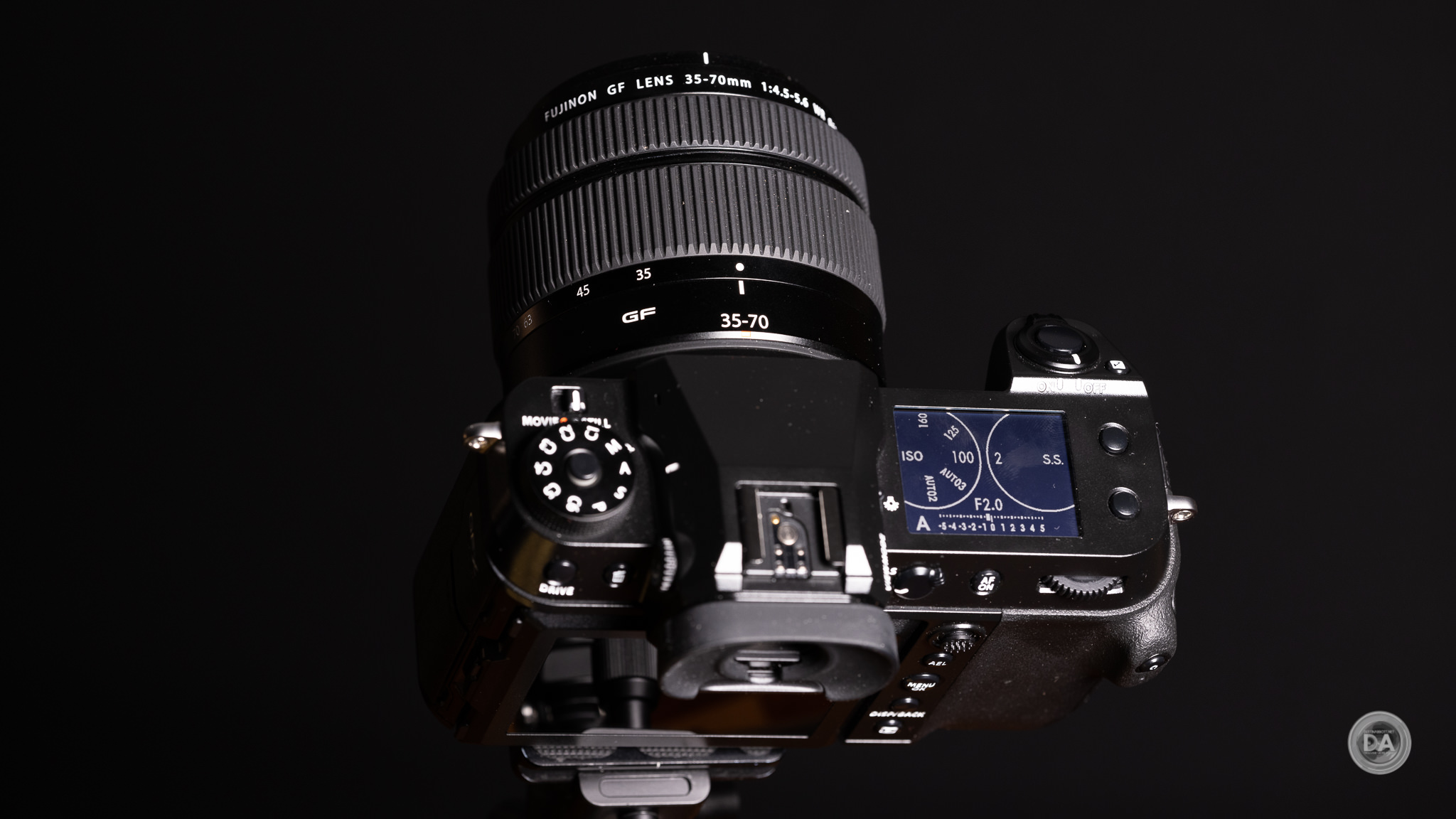
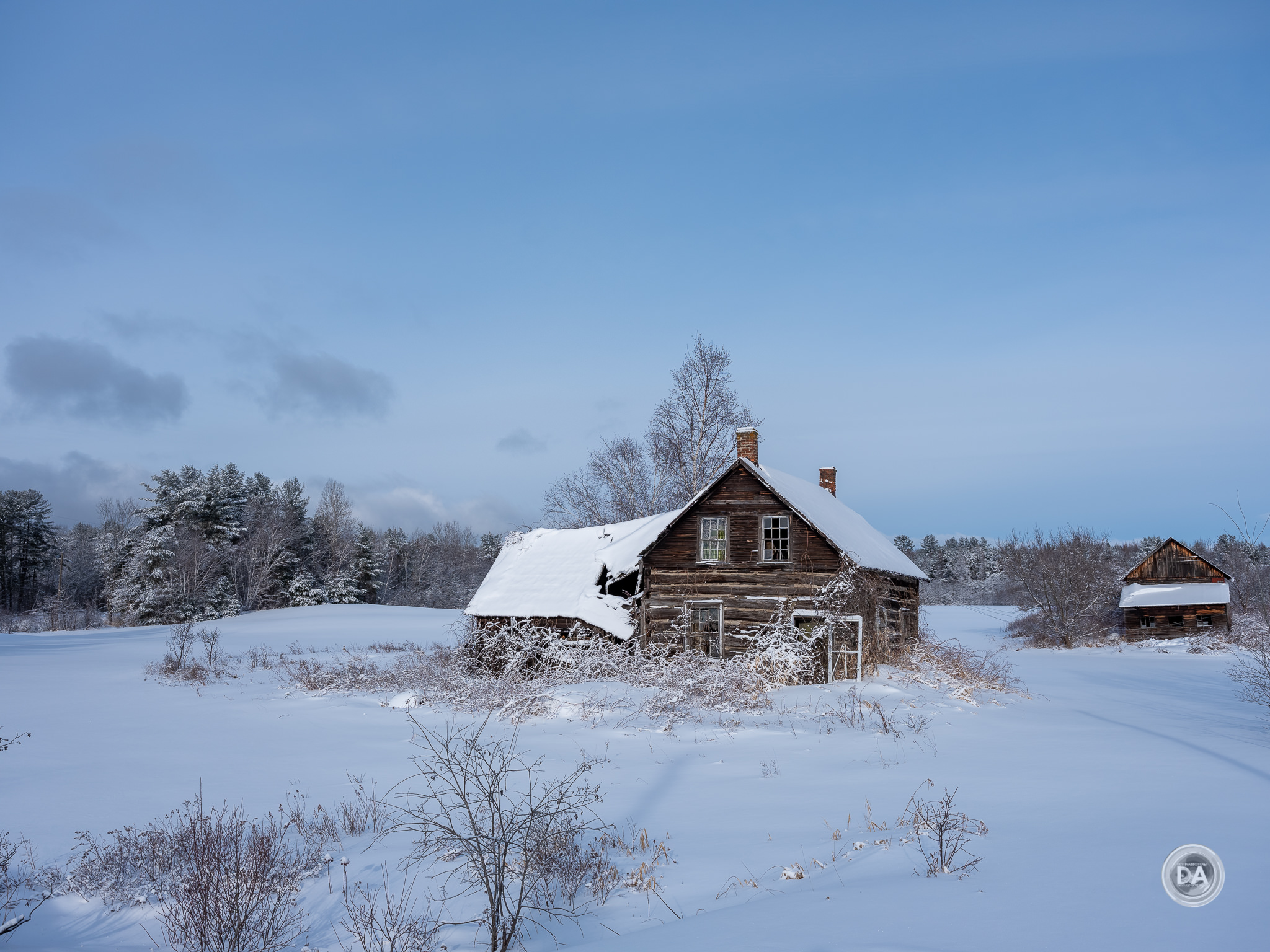


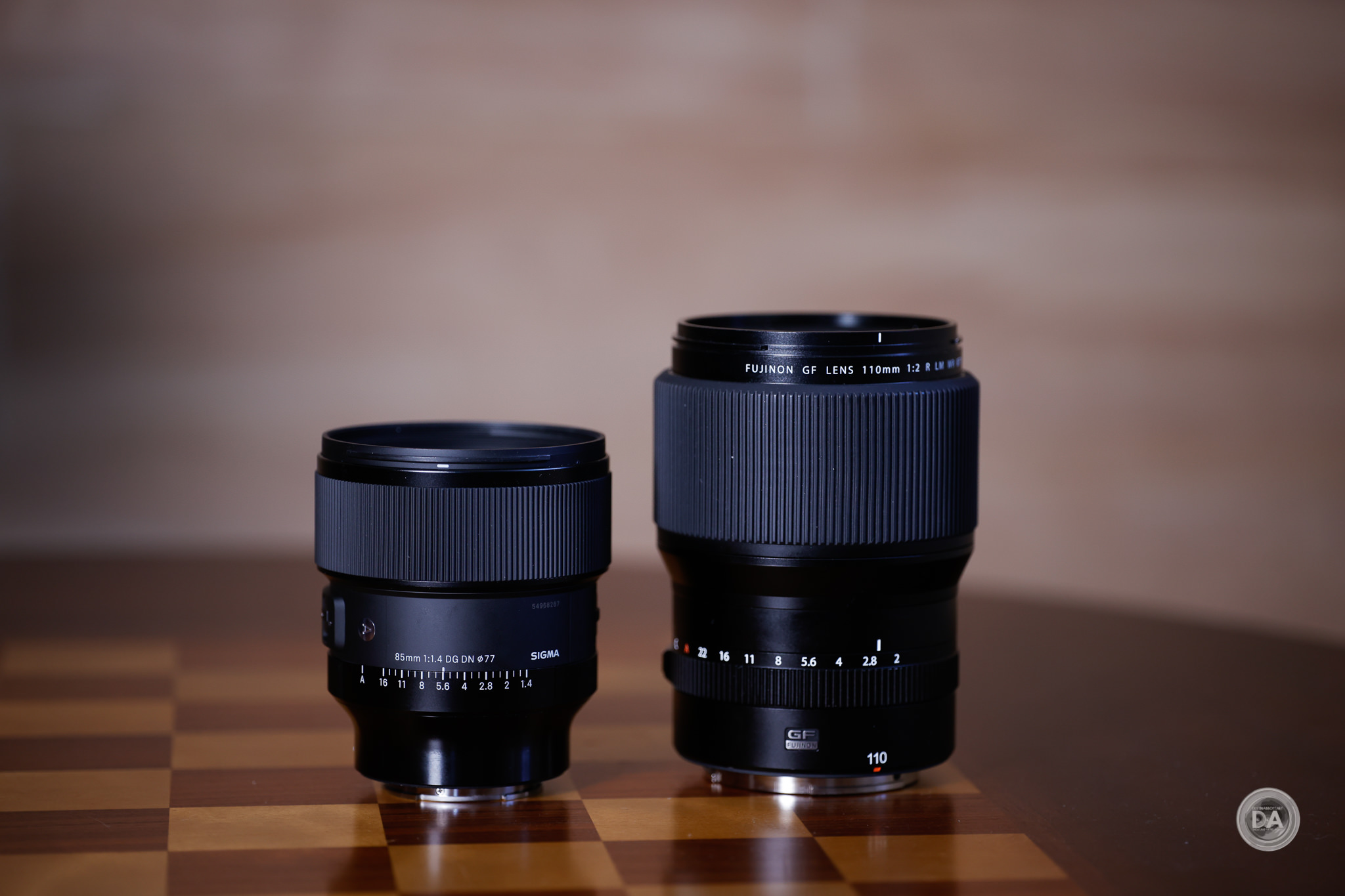

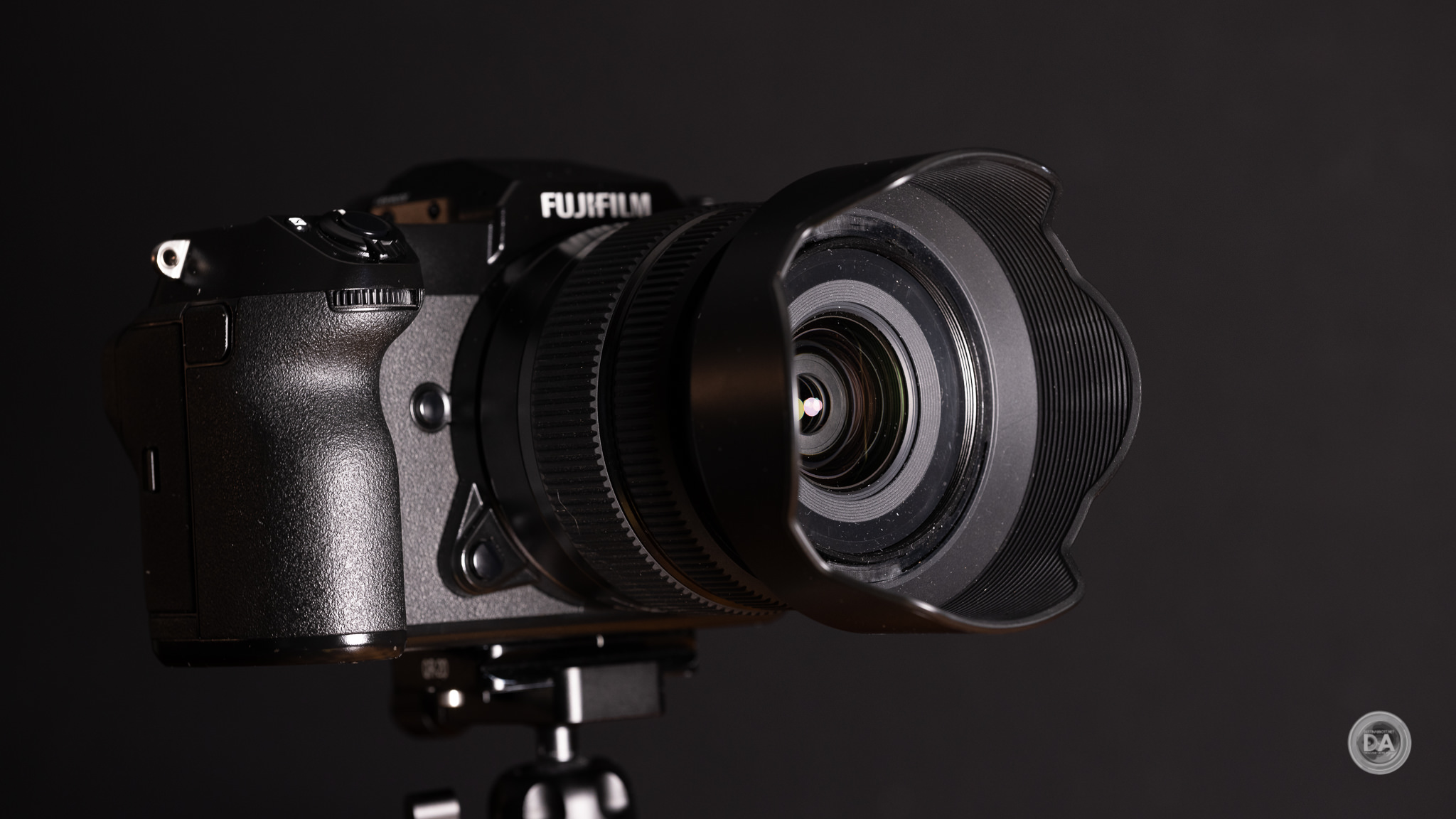

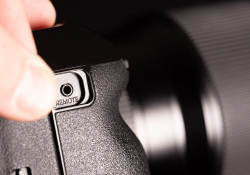
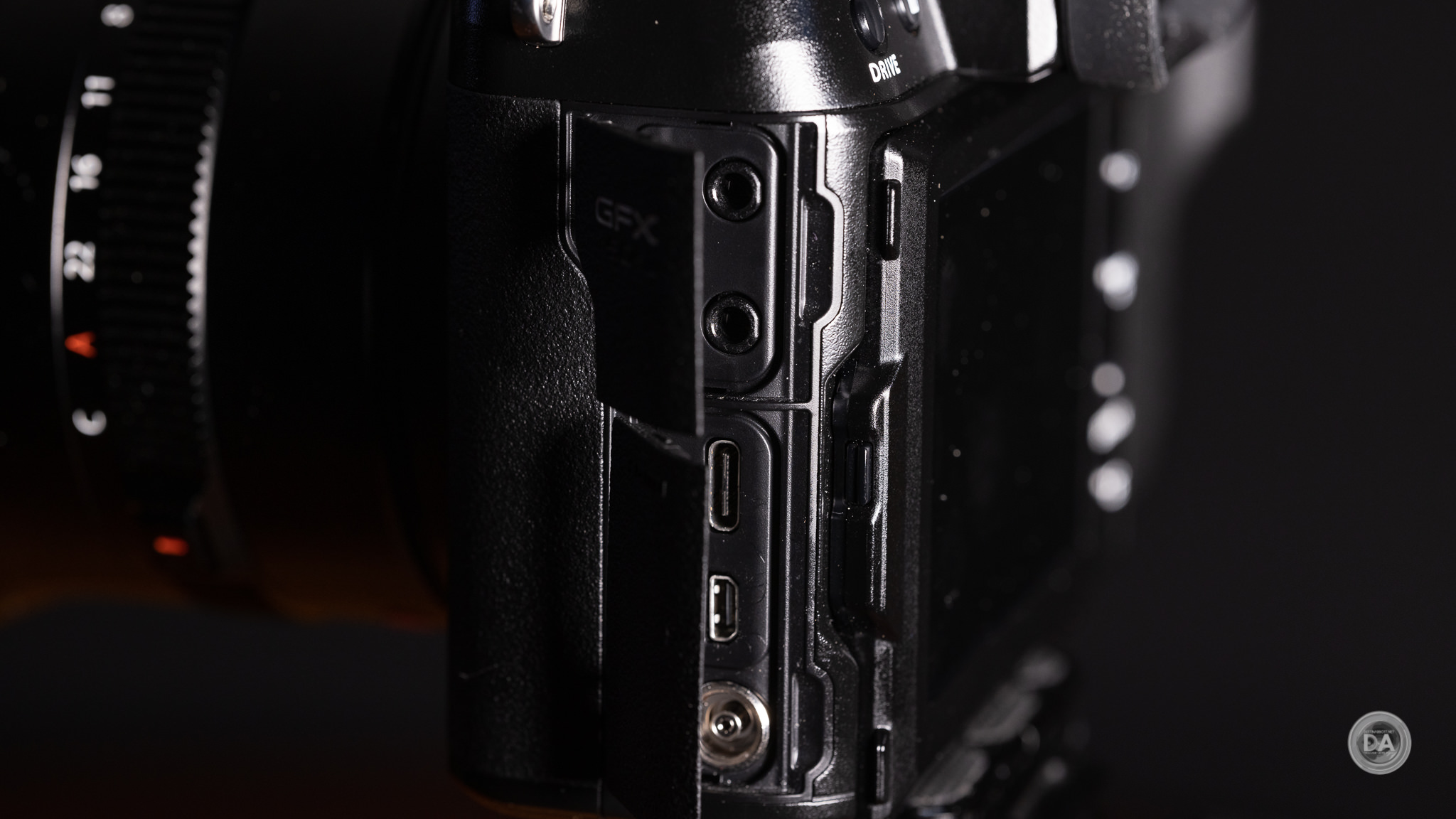
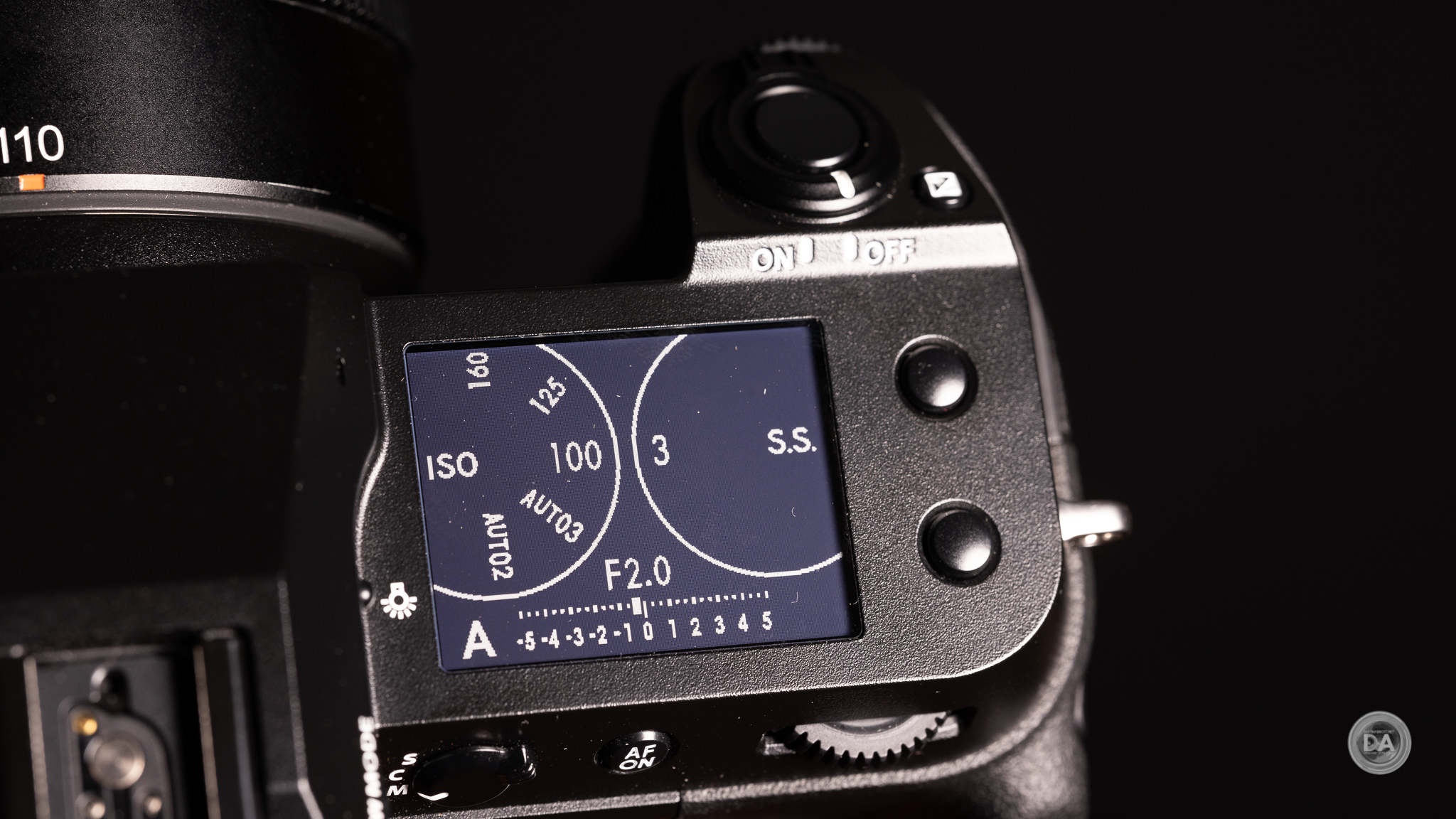
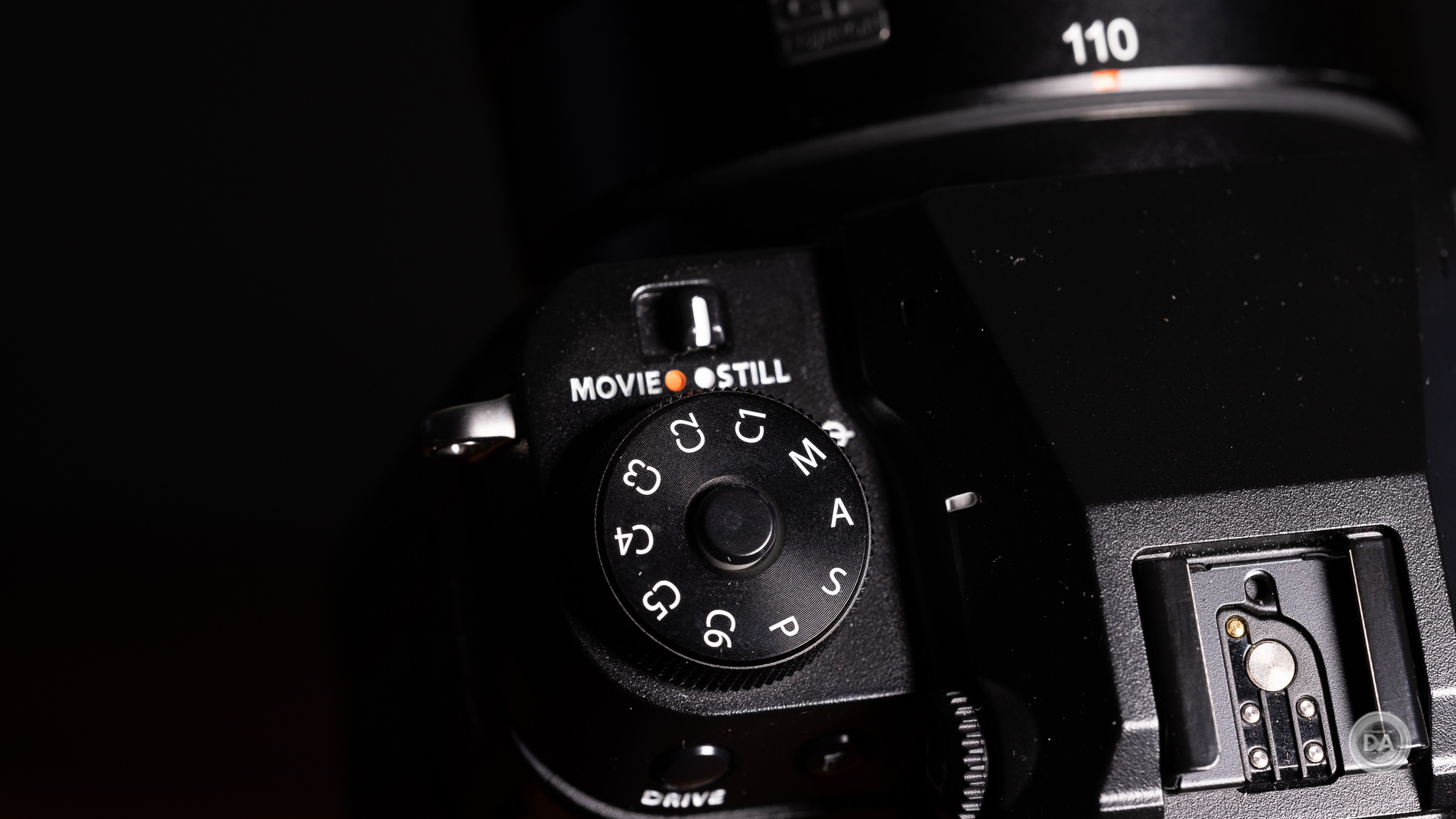
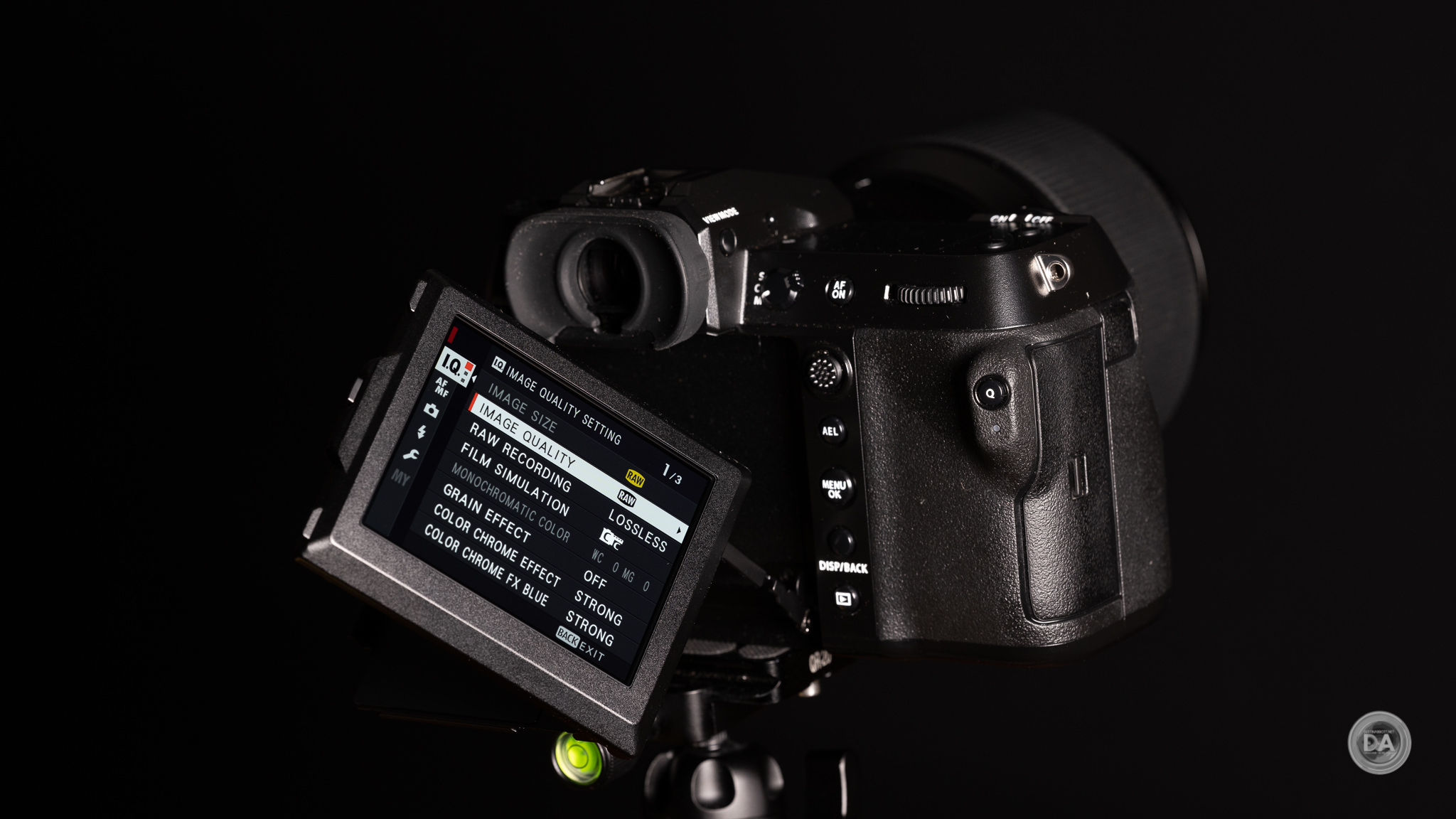
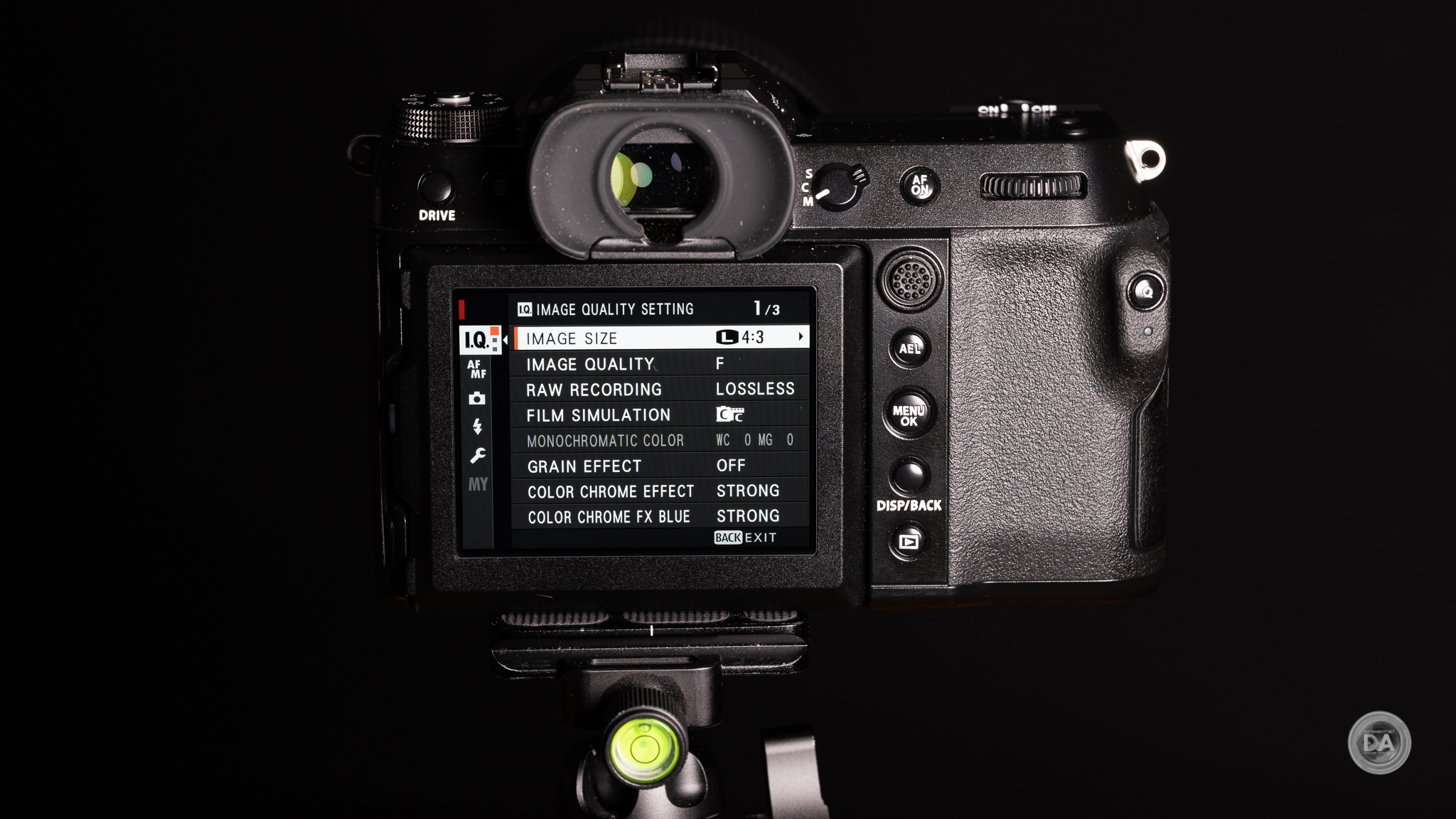
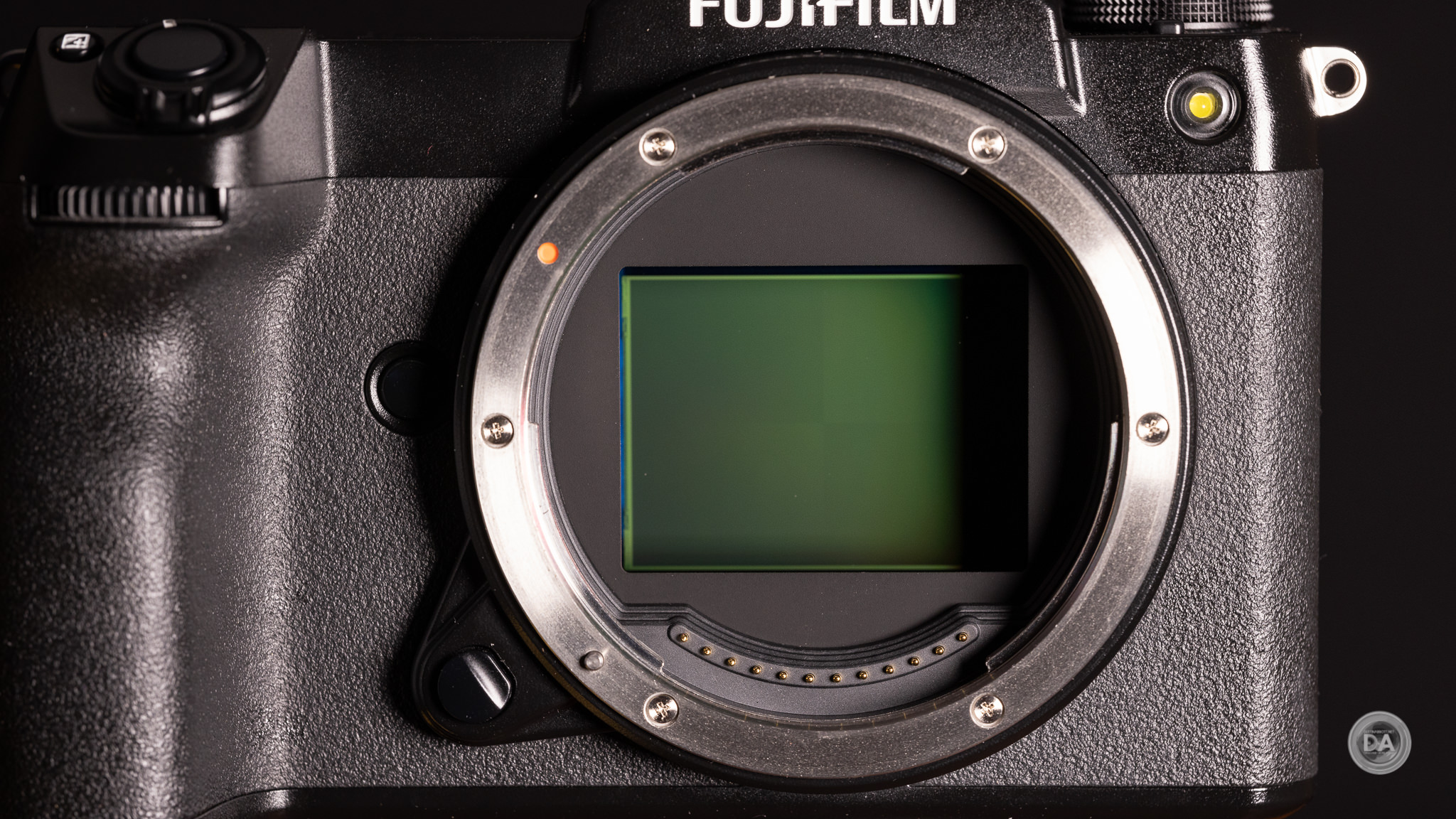
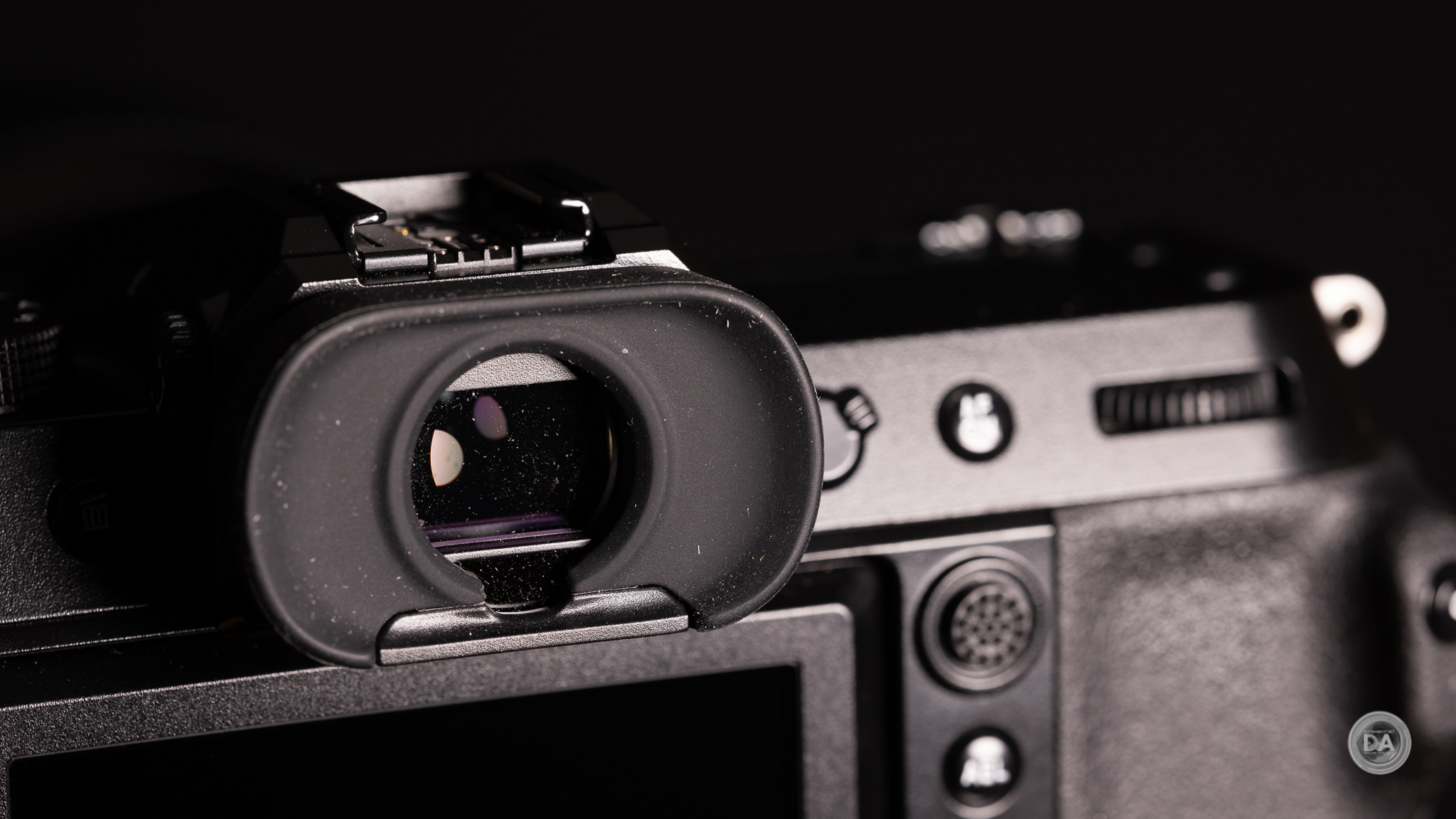
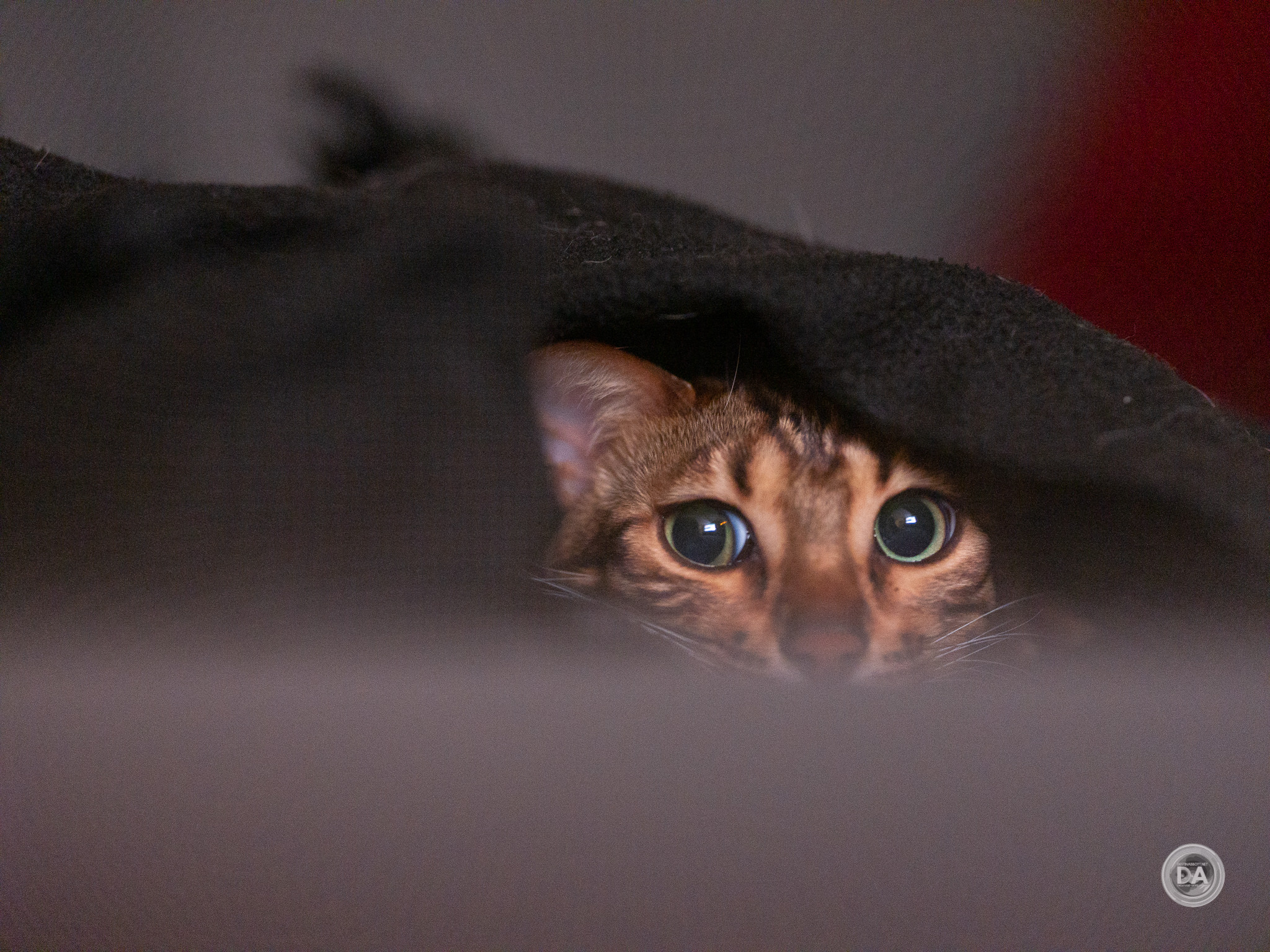
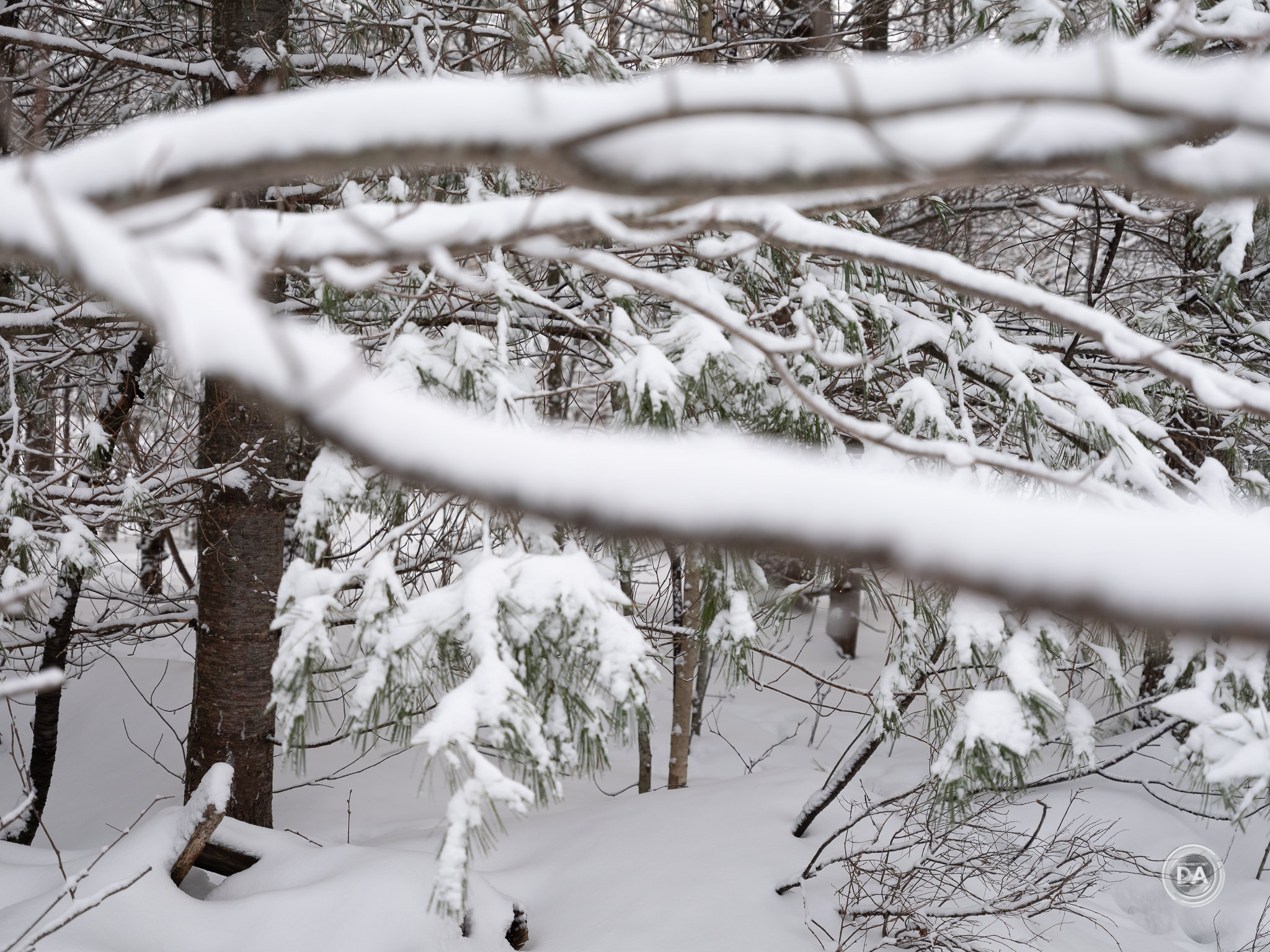

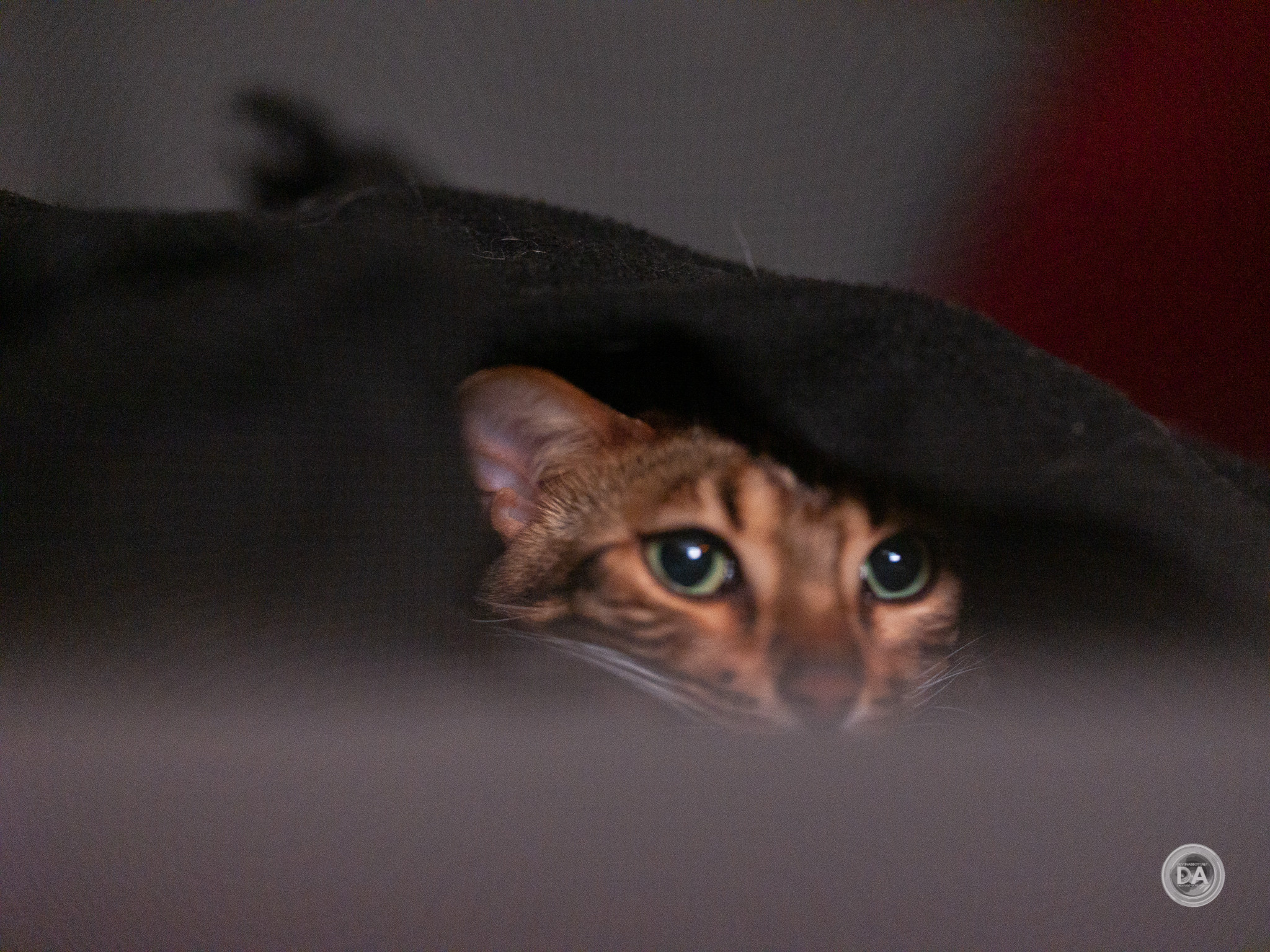
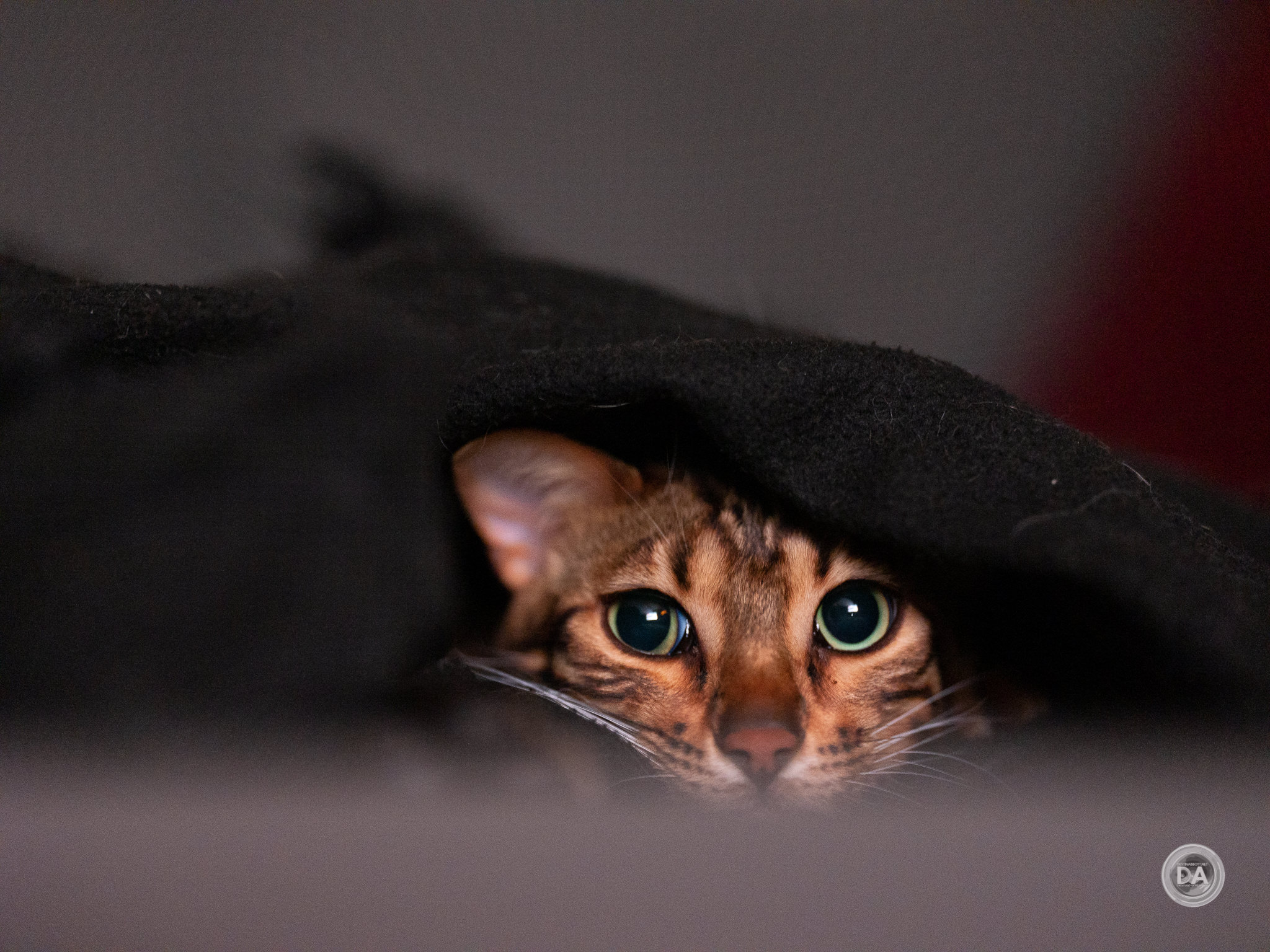

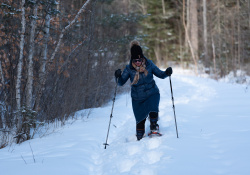
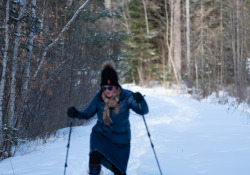




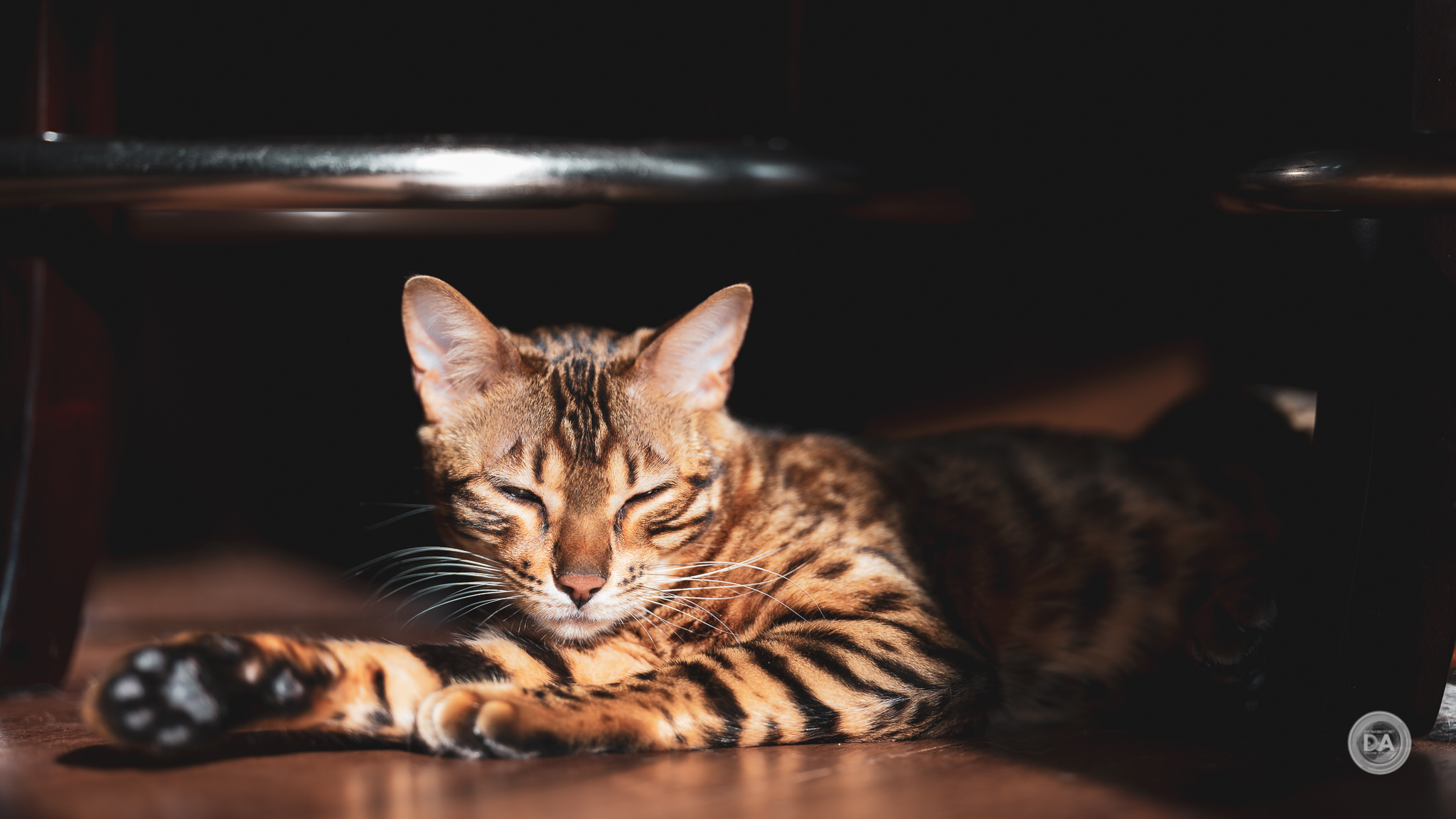

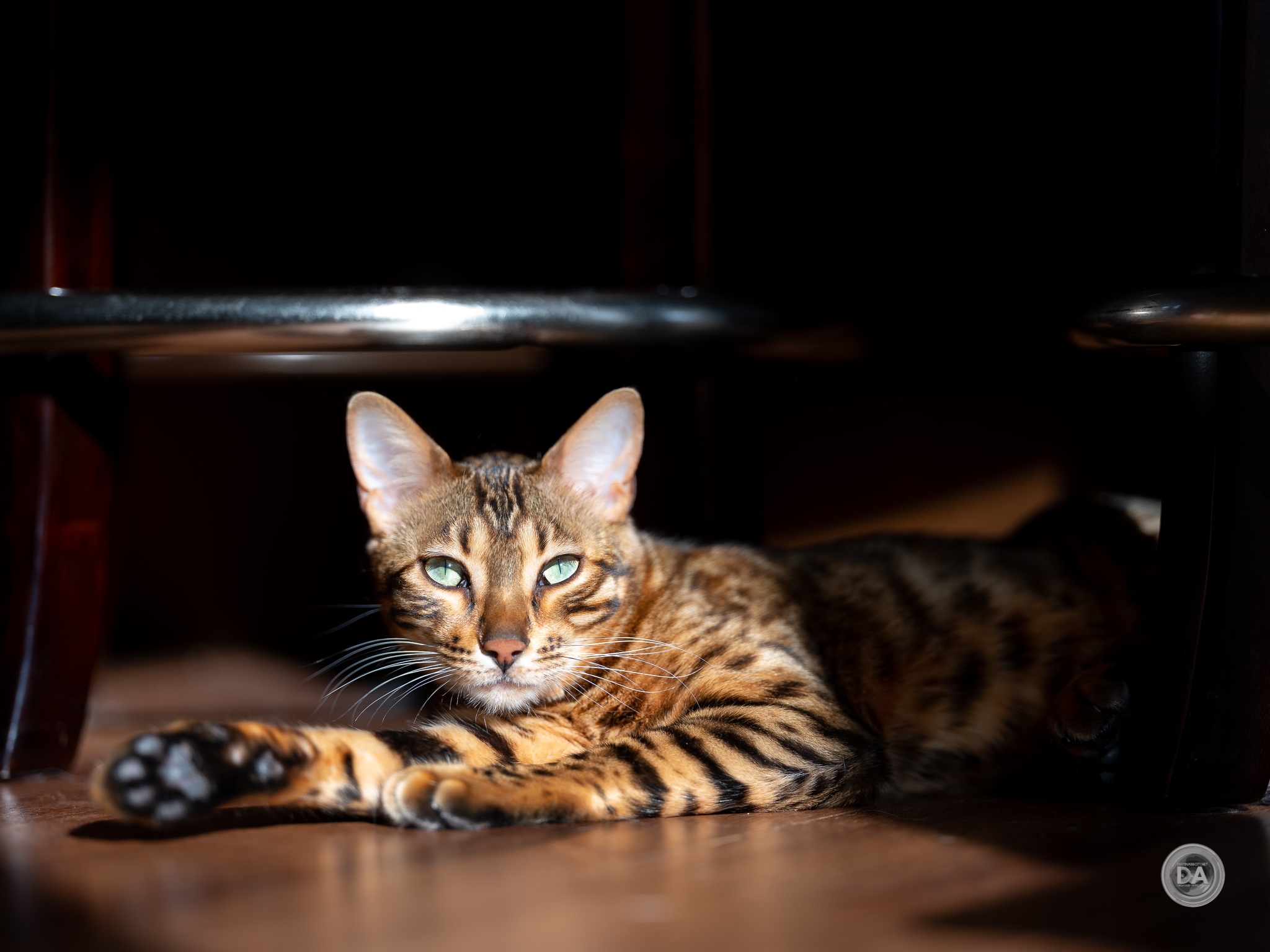
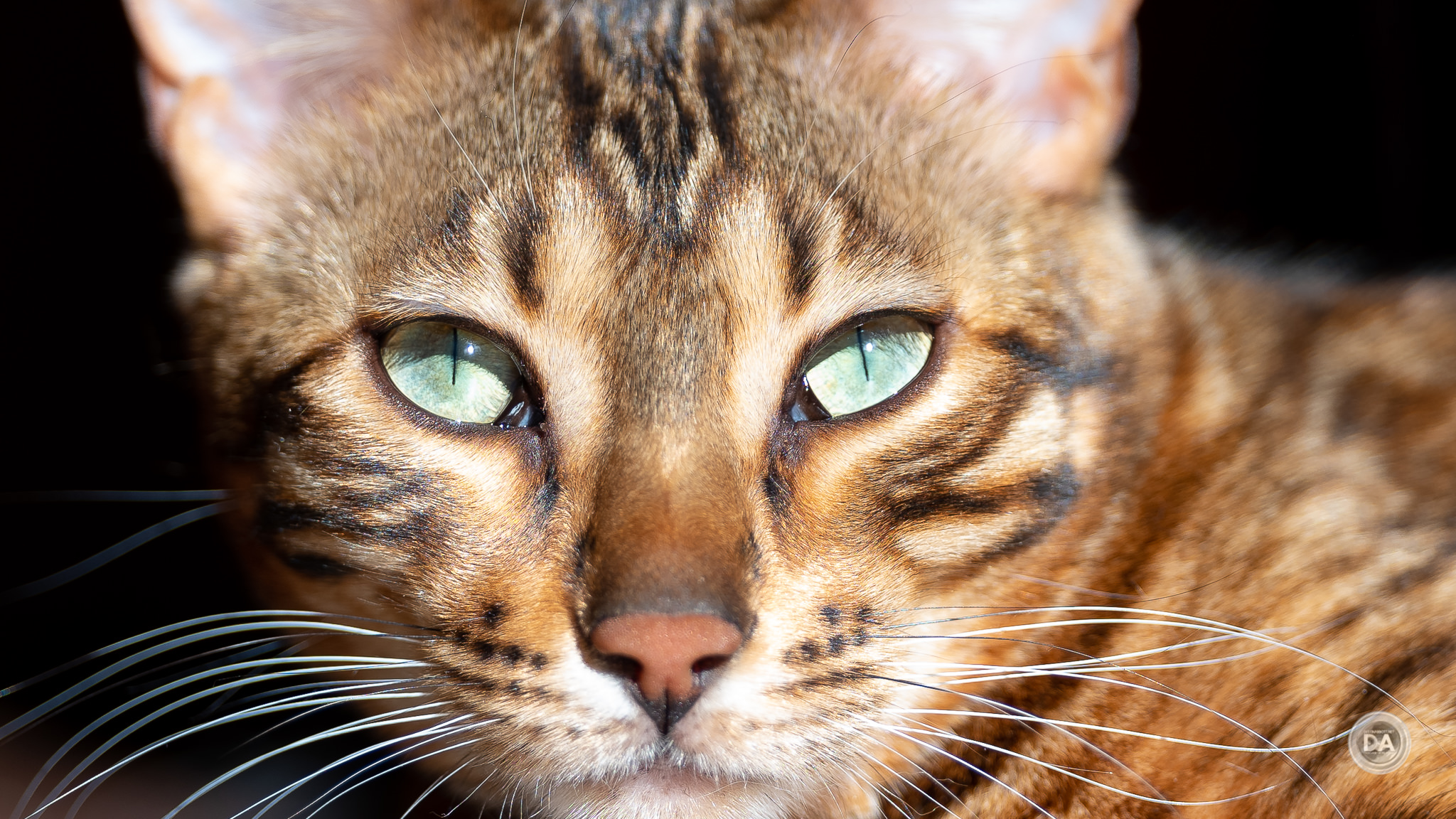
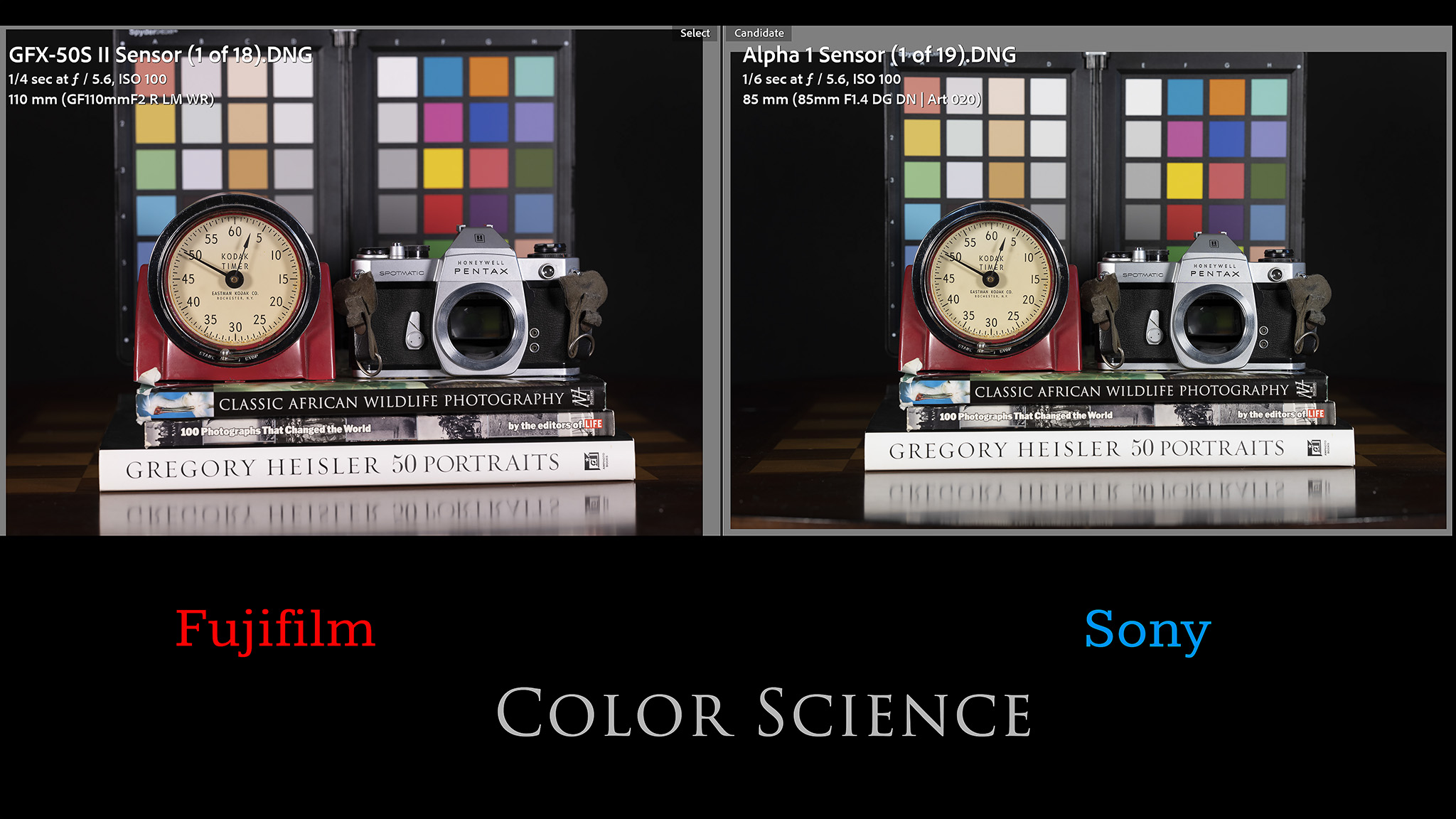

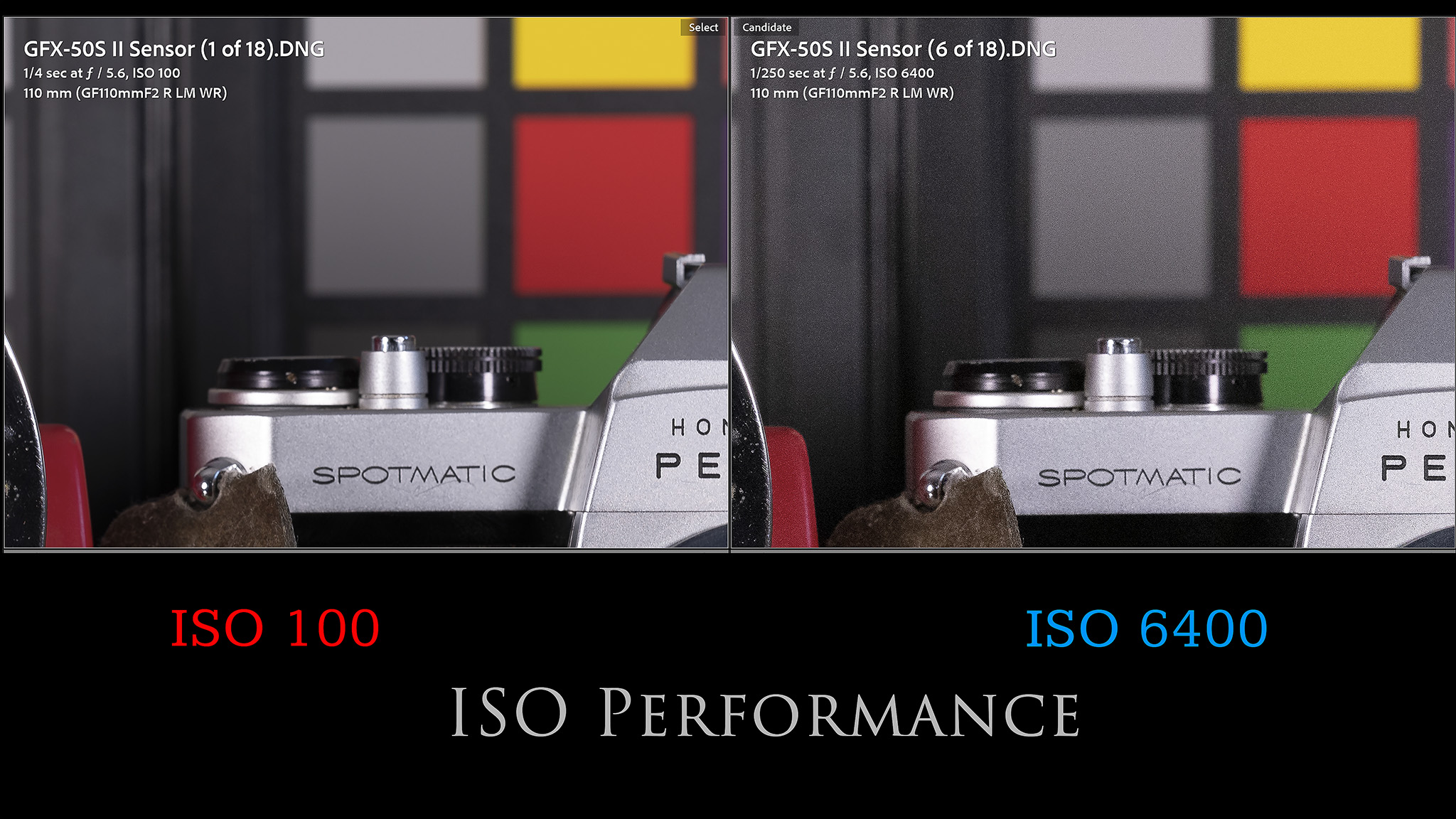


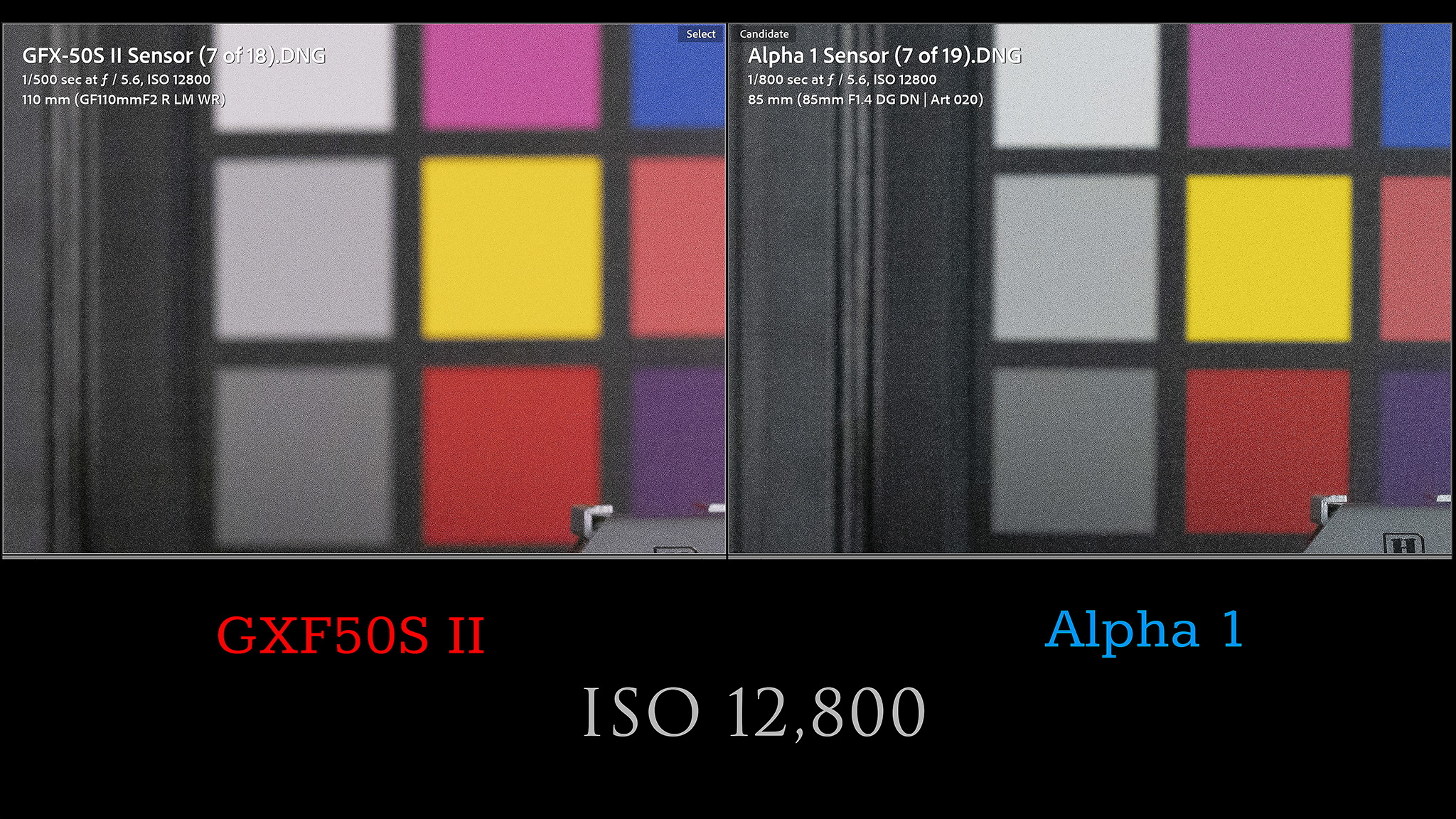
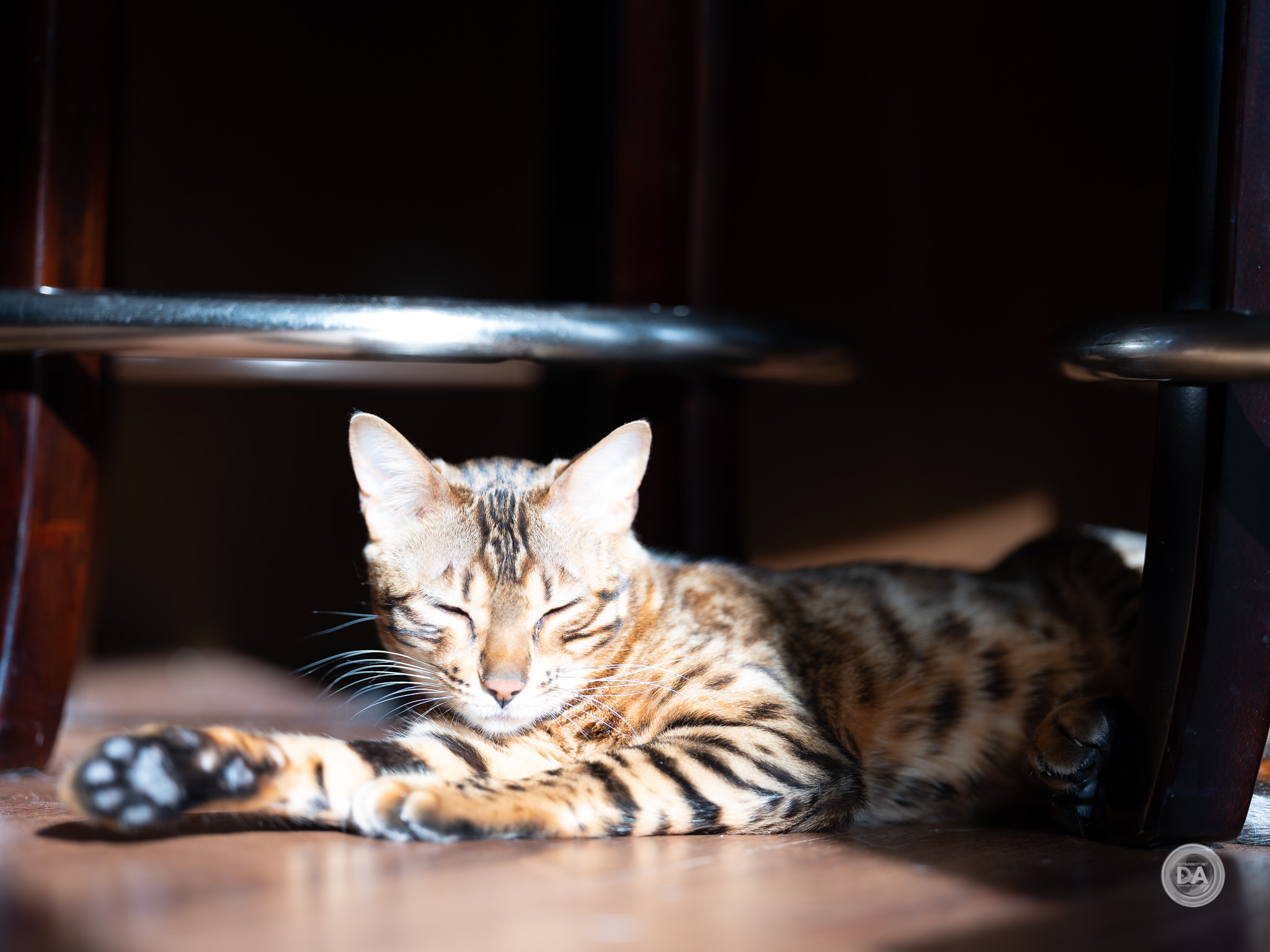
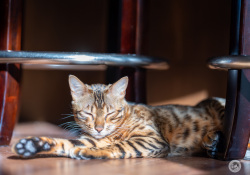


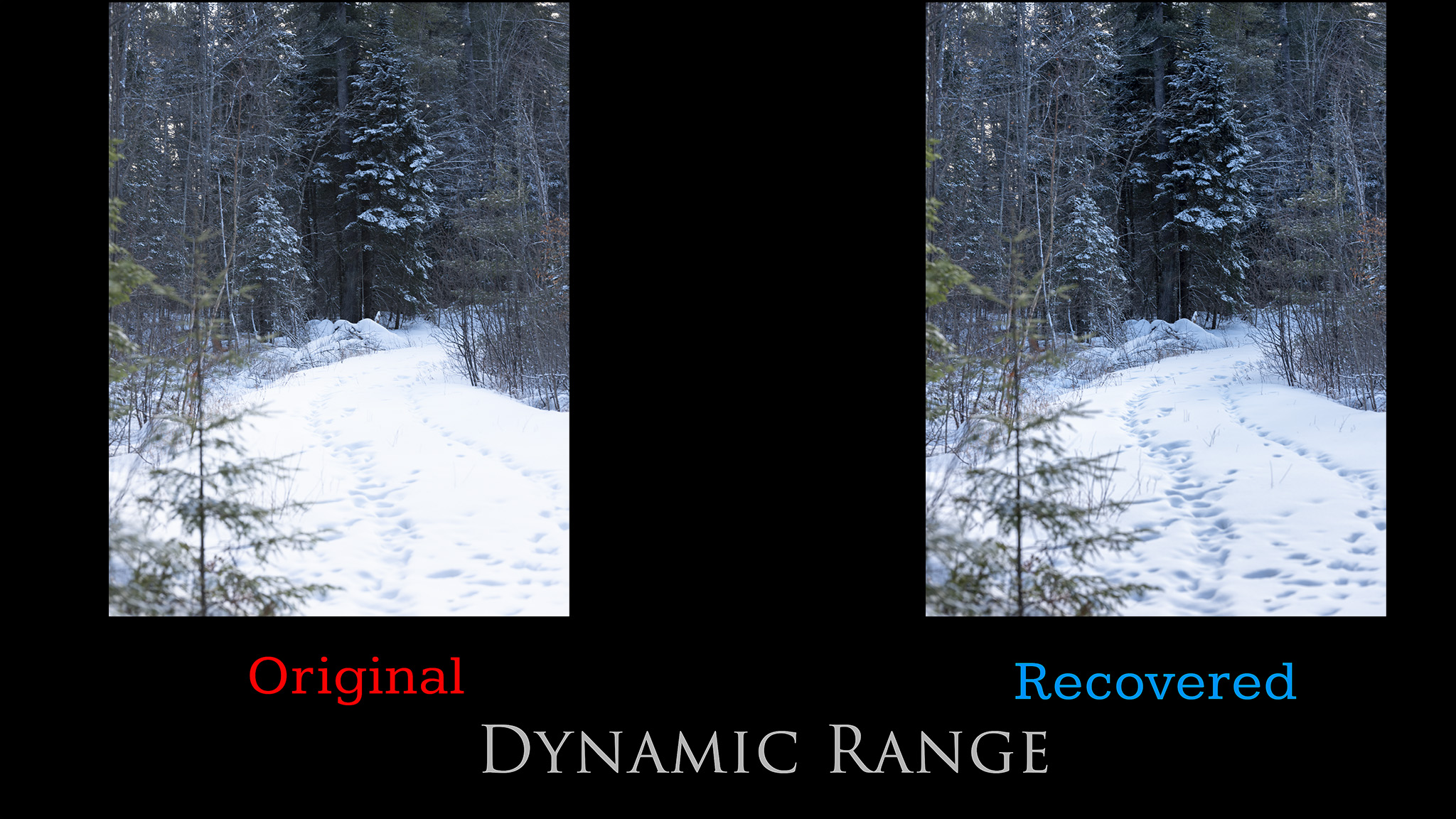
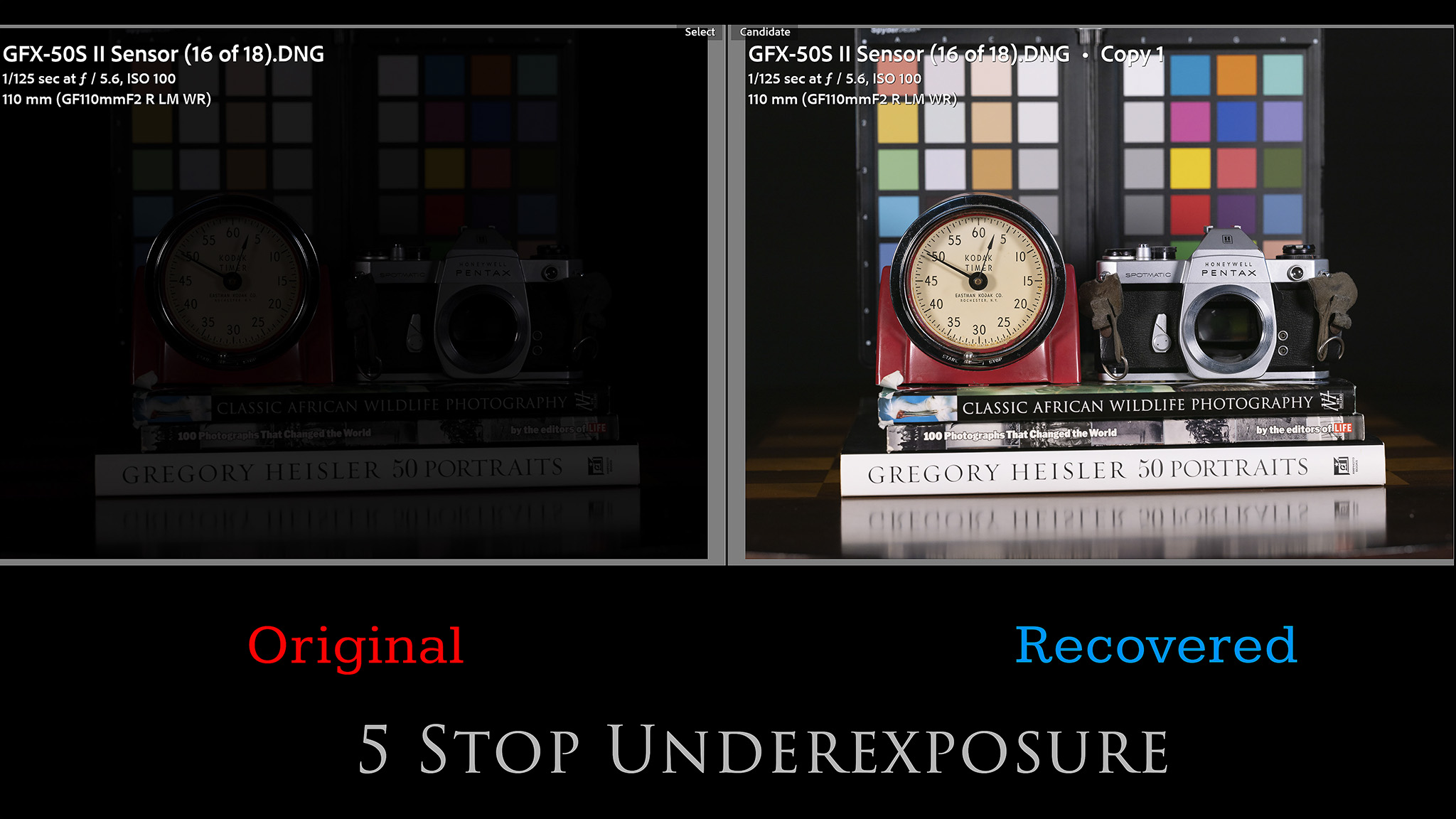
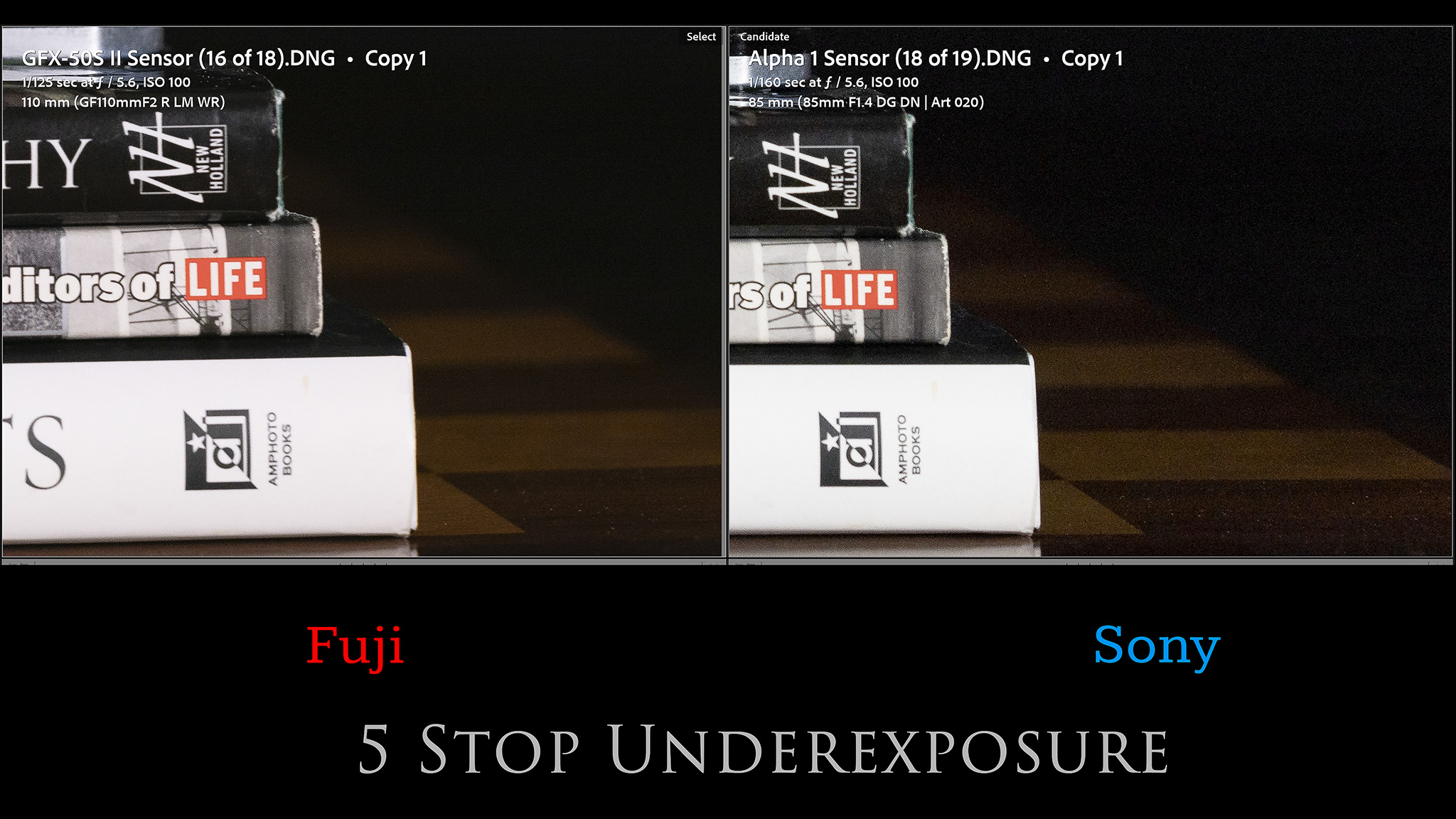

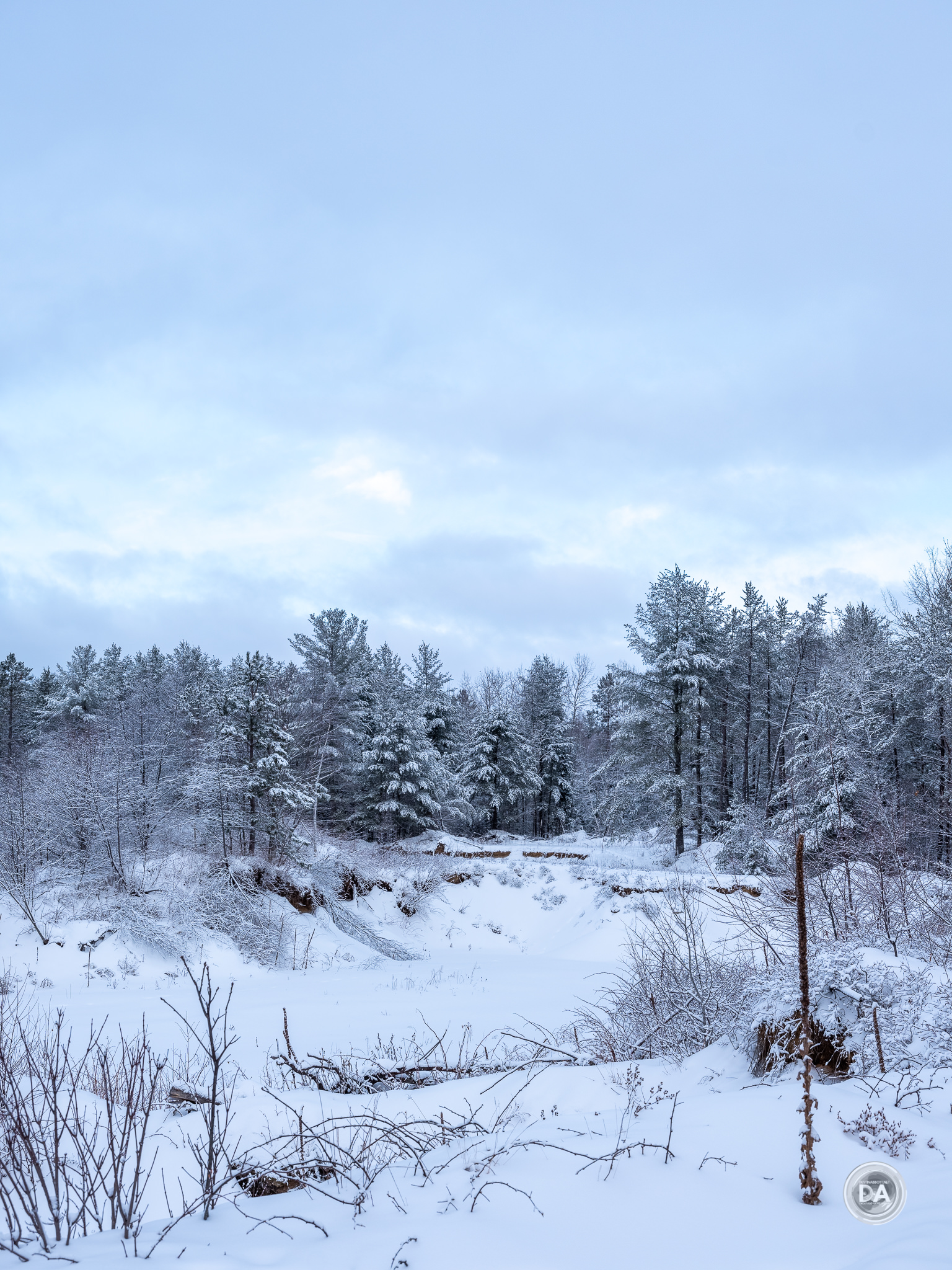
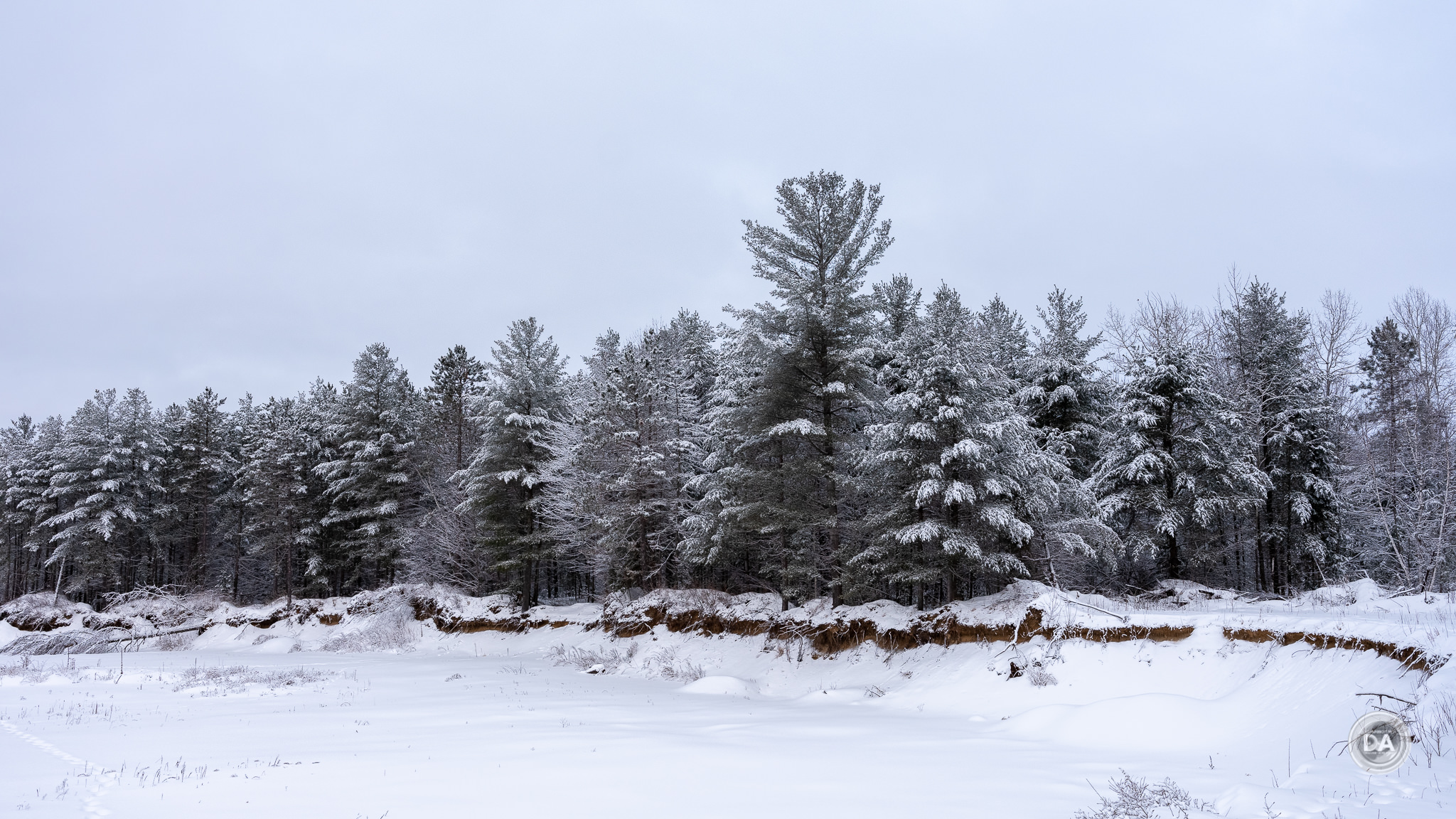
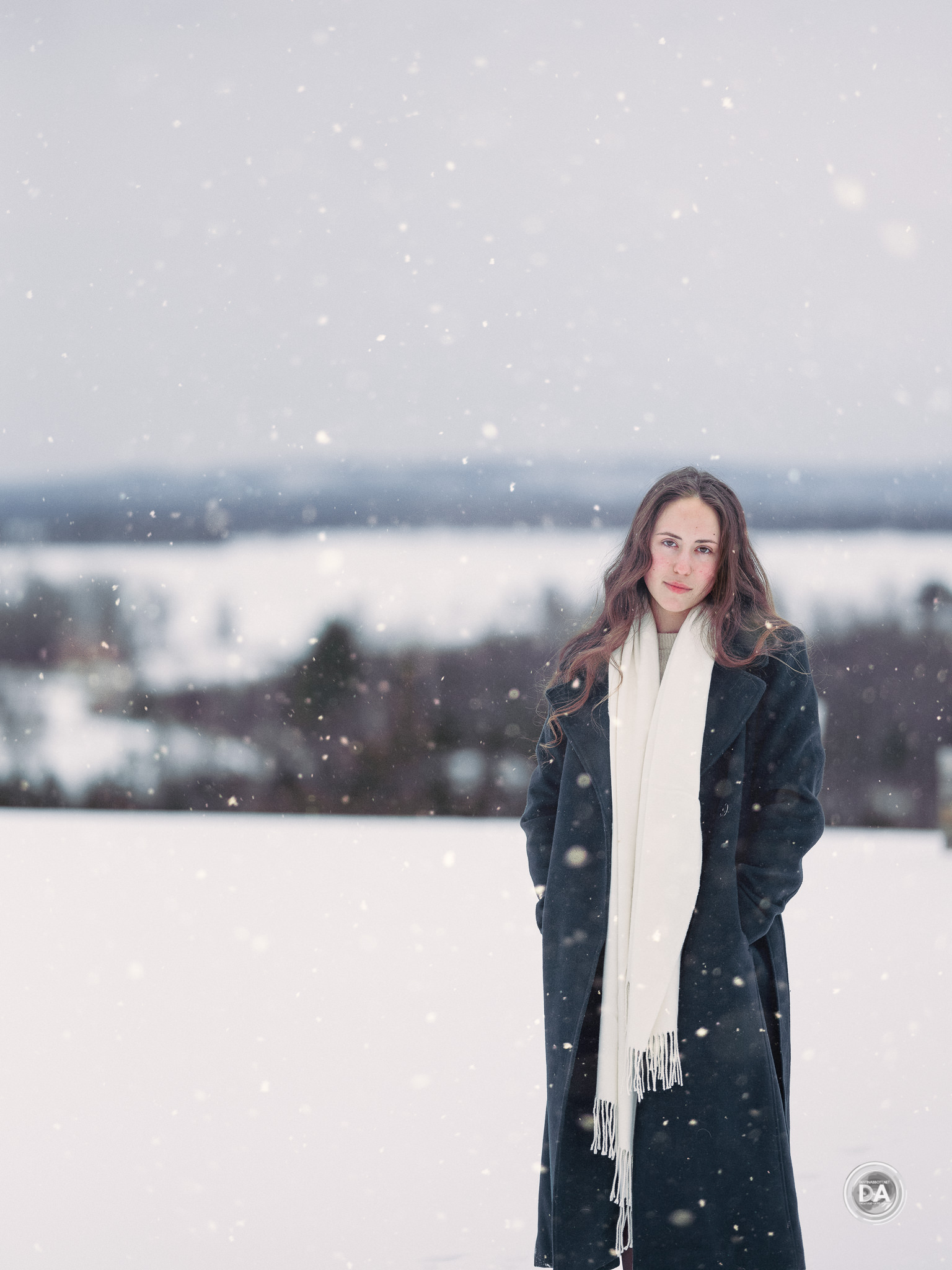



 Viltrox Pro AF 85mm F1.4 FE Gallery
Viltrox Pro AF 85mm F1.4 FE Gallery  Viltrox AF 85mm F1.4 PRO FE Review
Viltrox AF 85mm F1.4 PRO FE Review  Yongnuo YN 35mm F1.8 ART Gallery
Yongnuo YN 35mm F1.8 ART Gallery  Yongnuo YN 35mm F1.8 DA ART Review
Yongnuo YN 35mm F1.8 DA ART Review 


